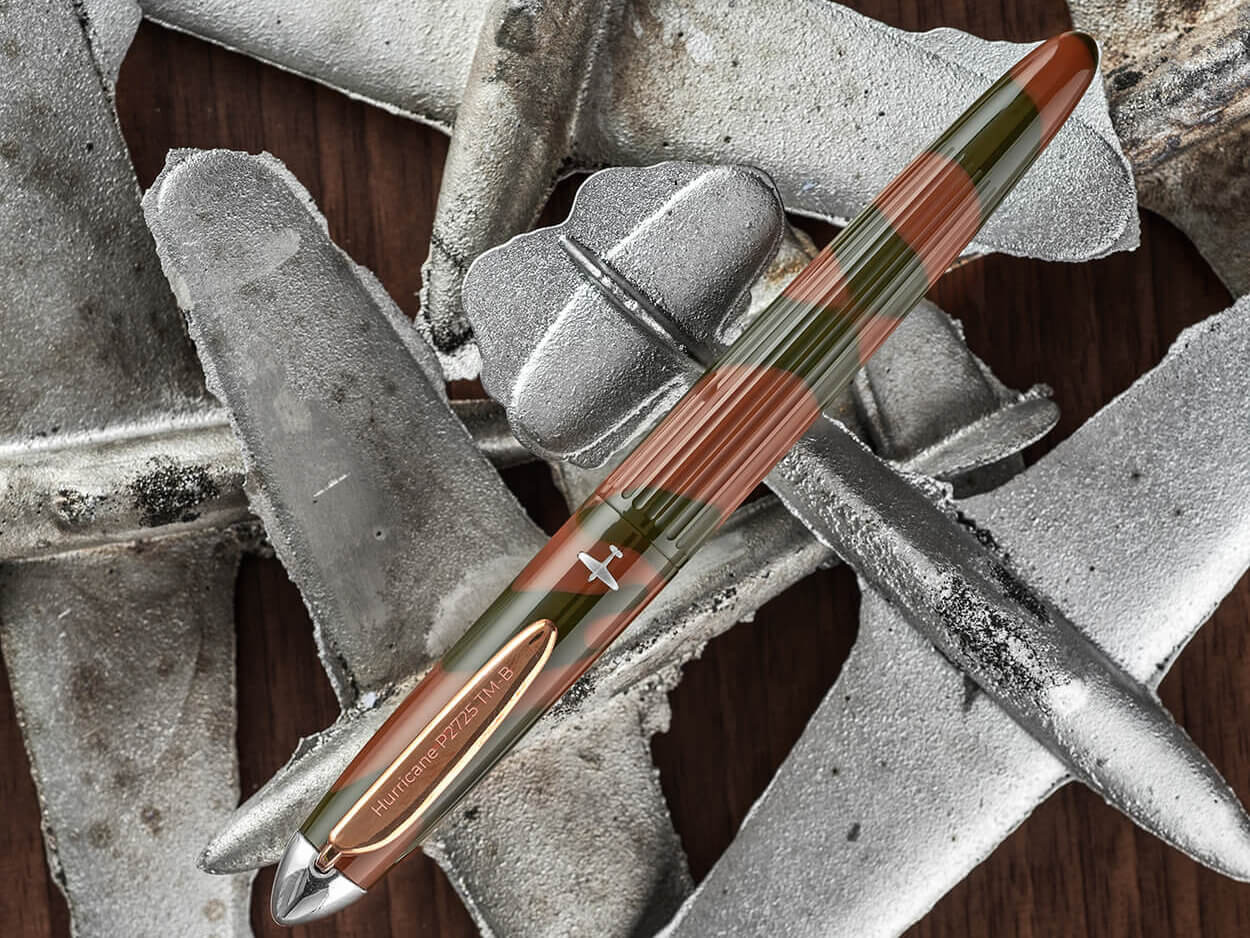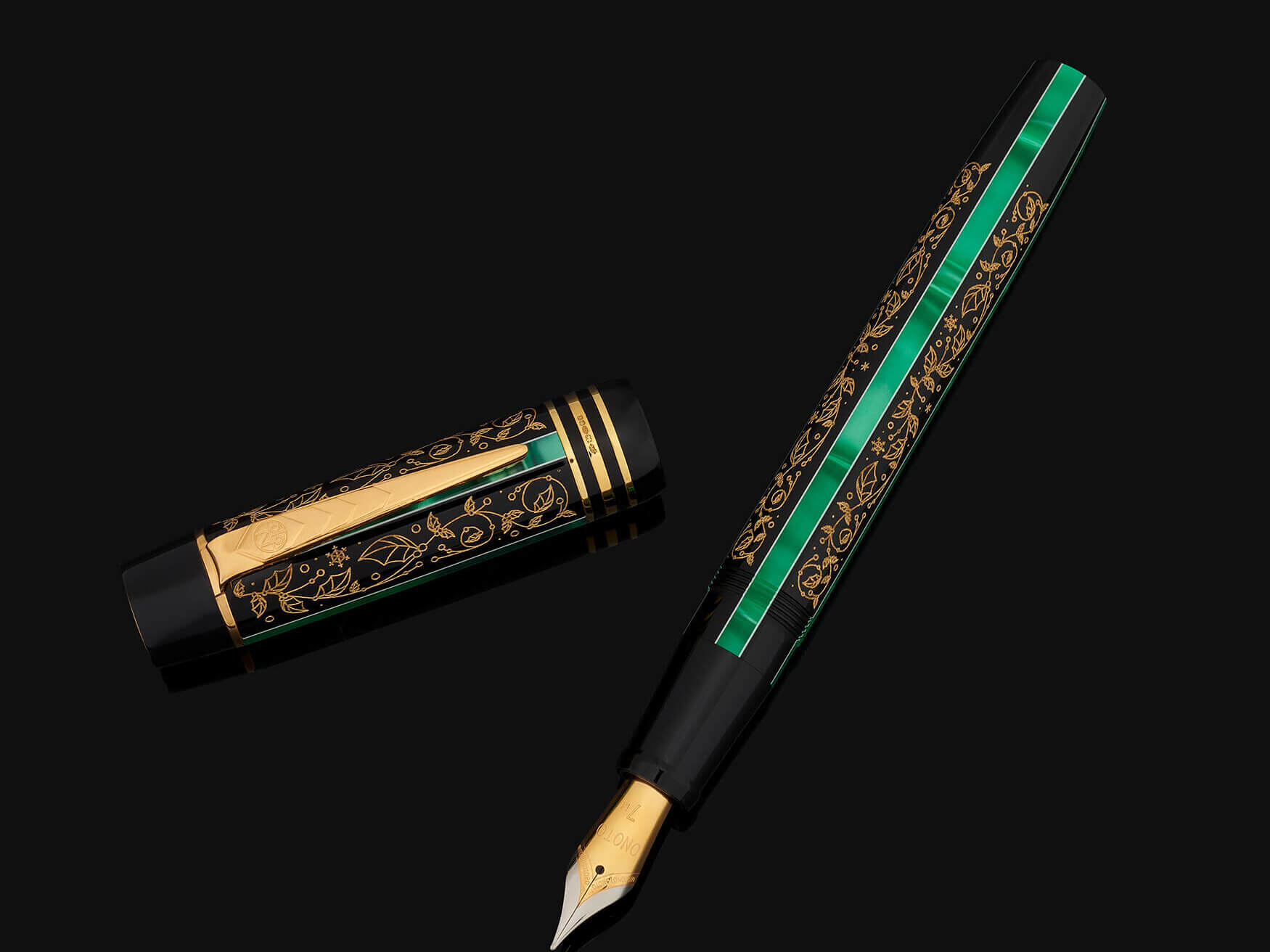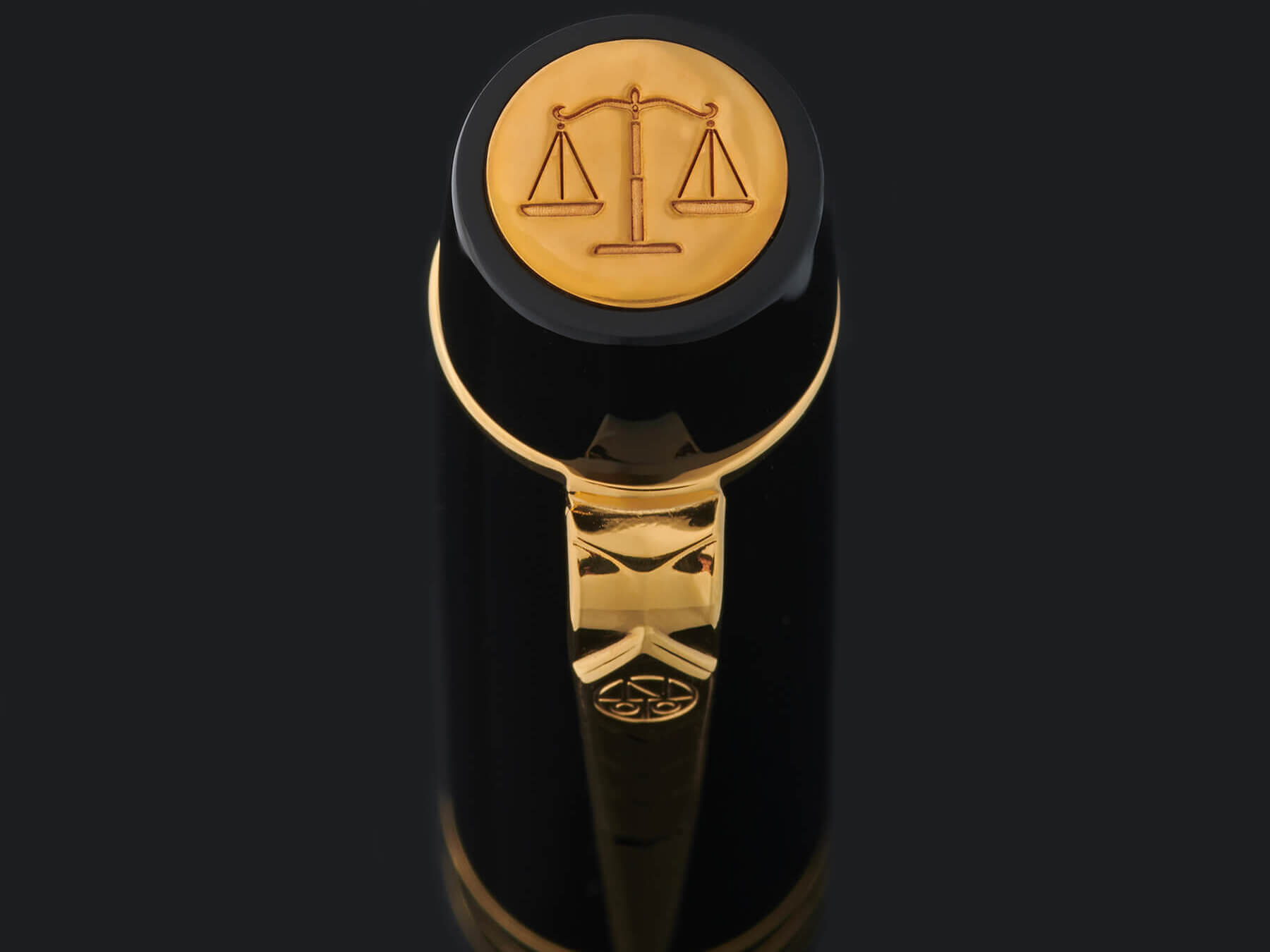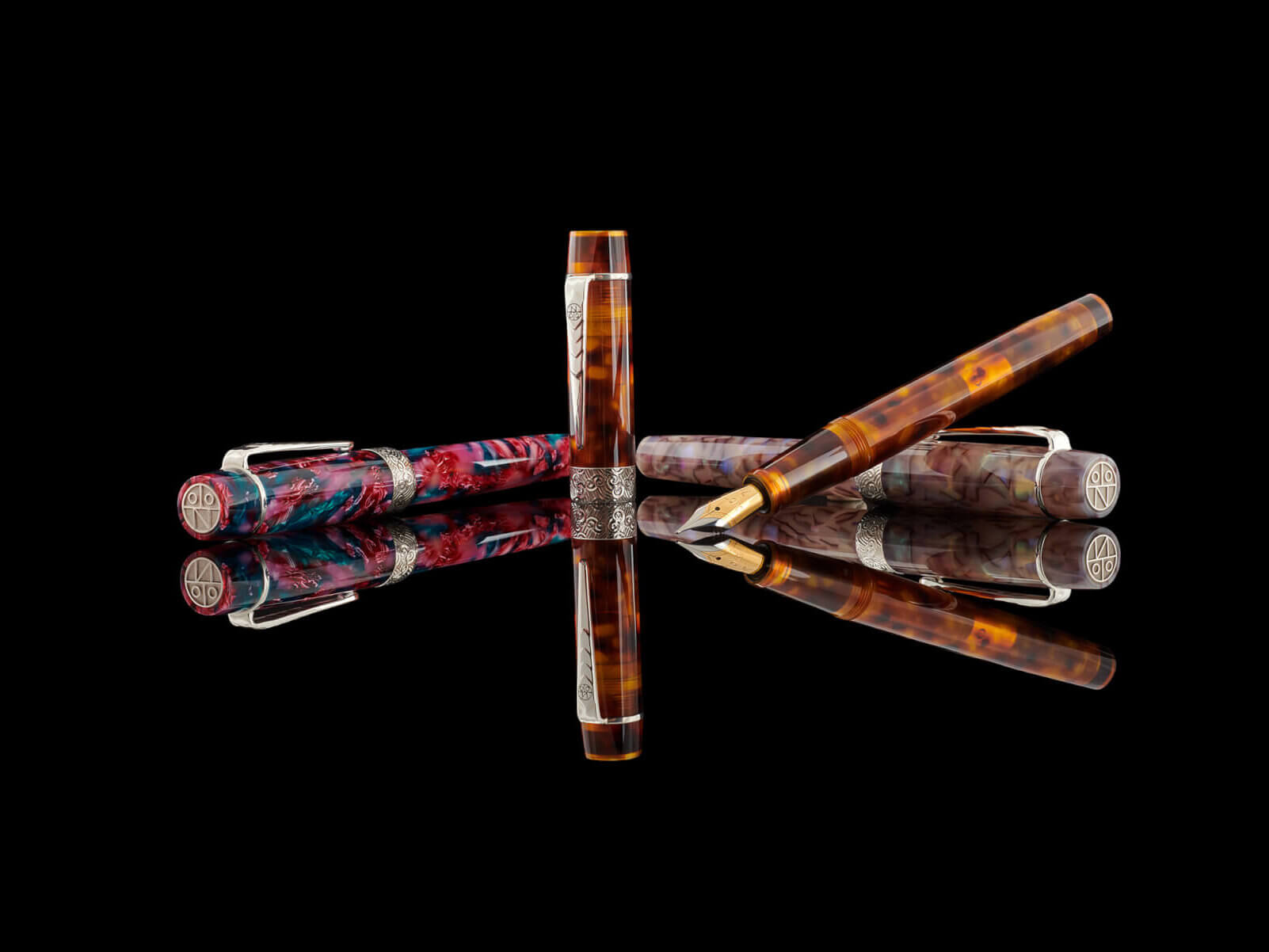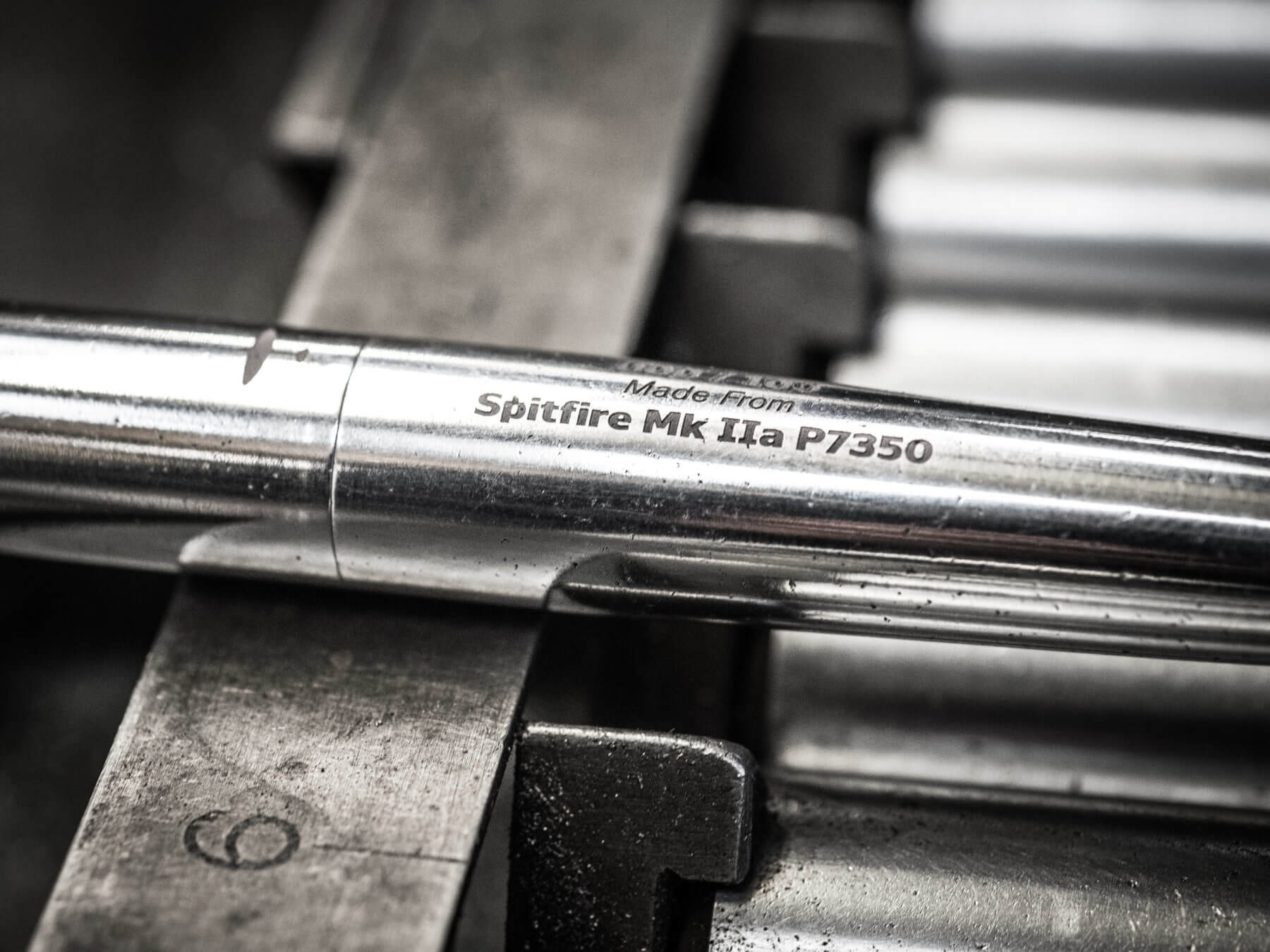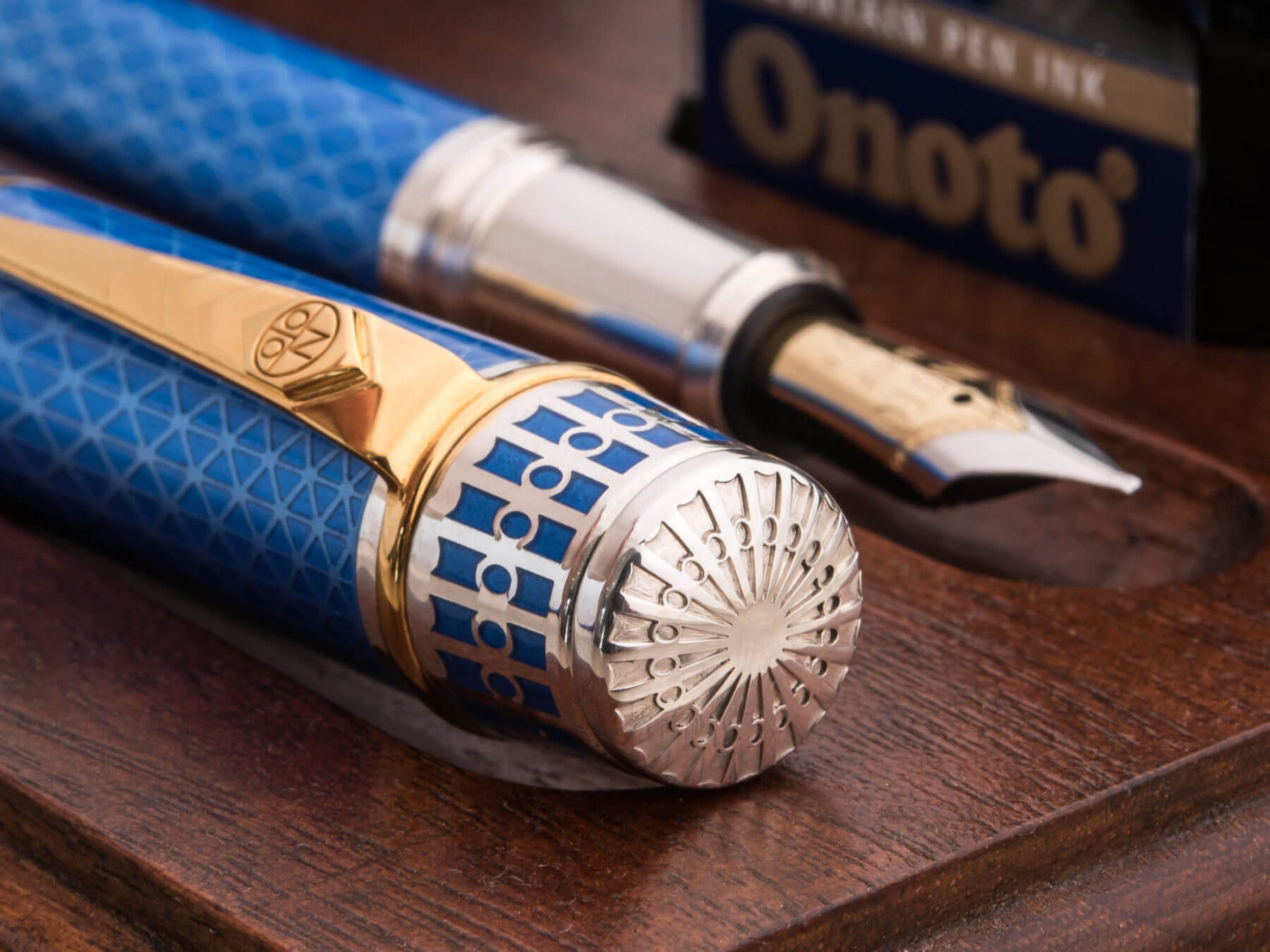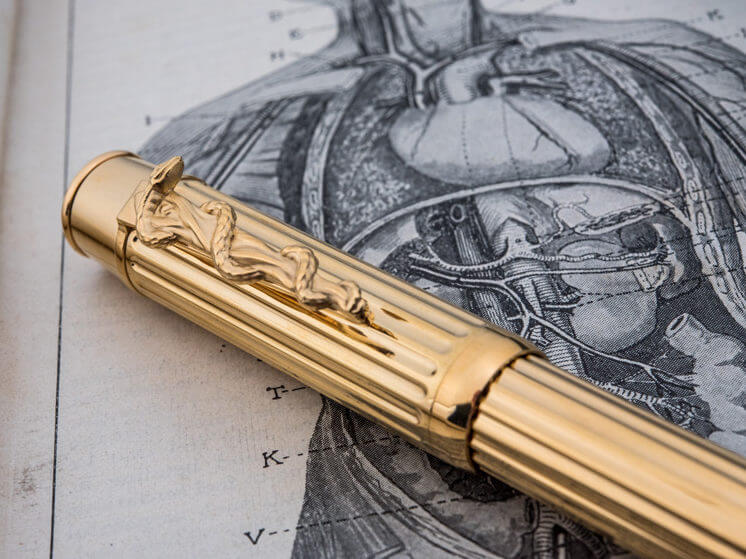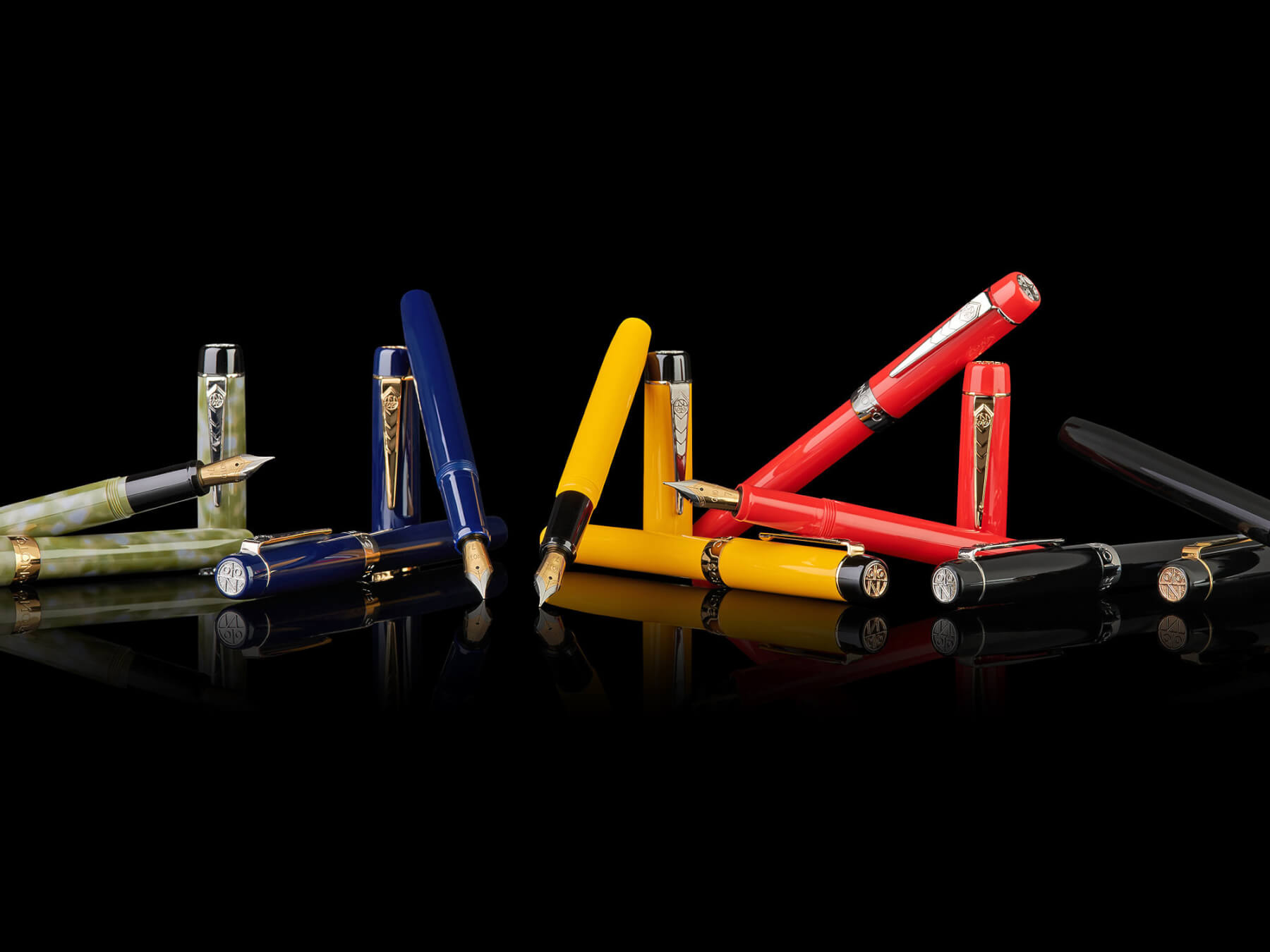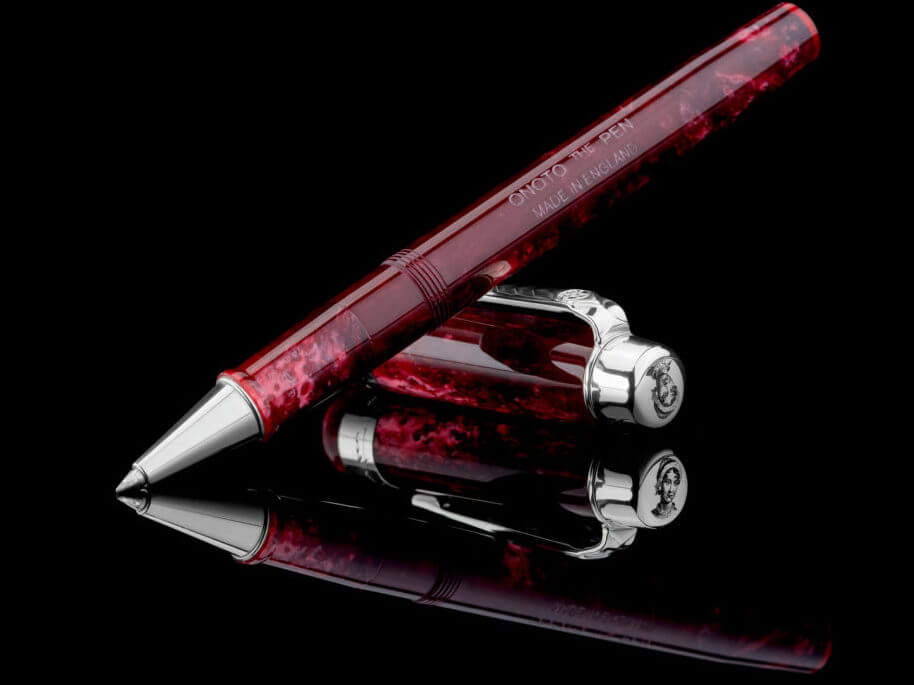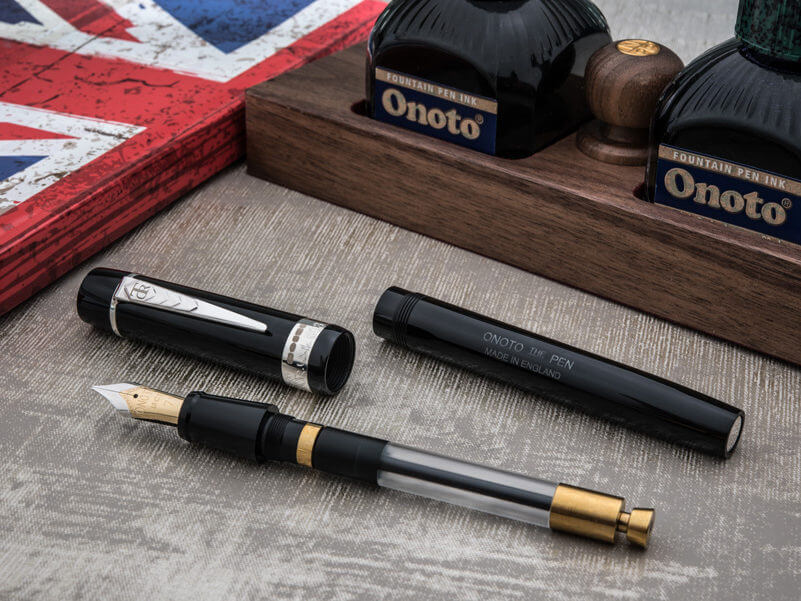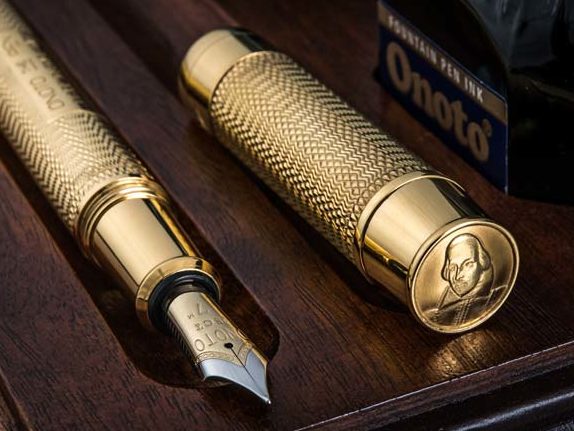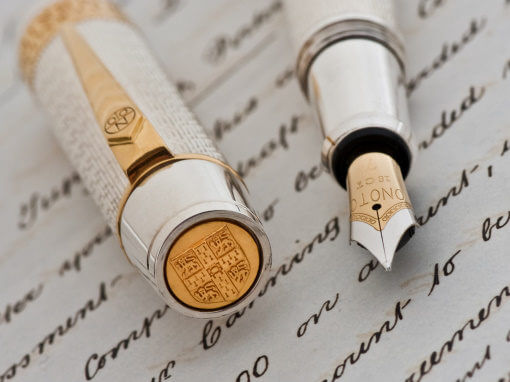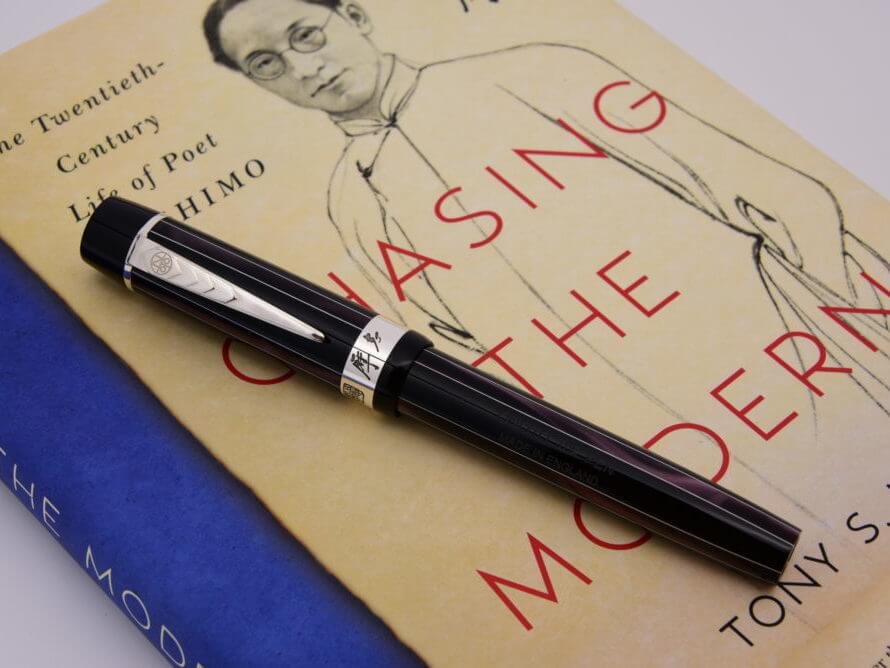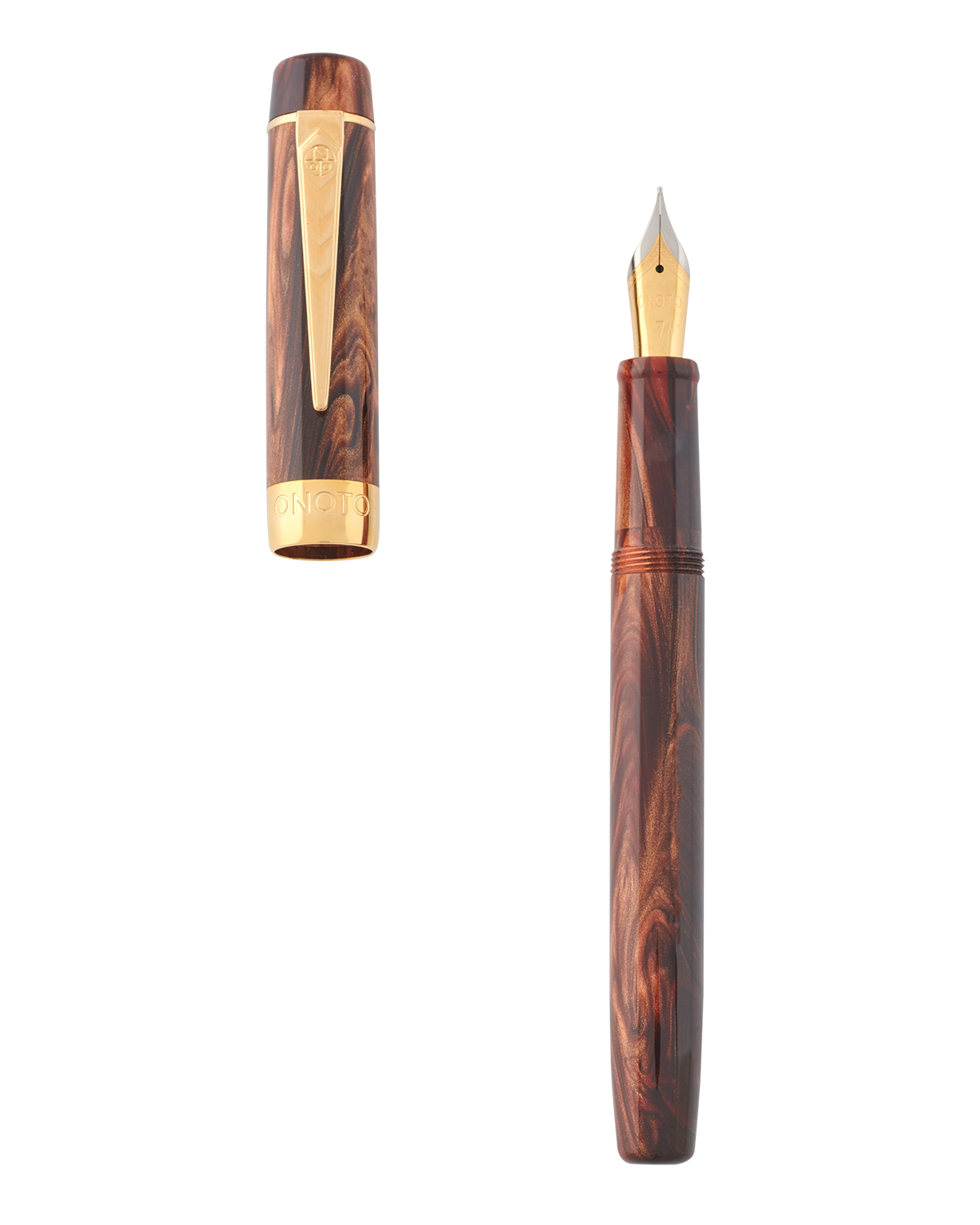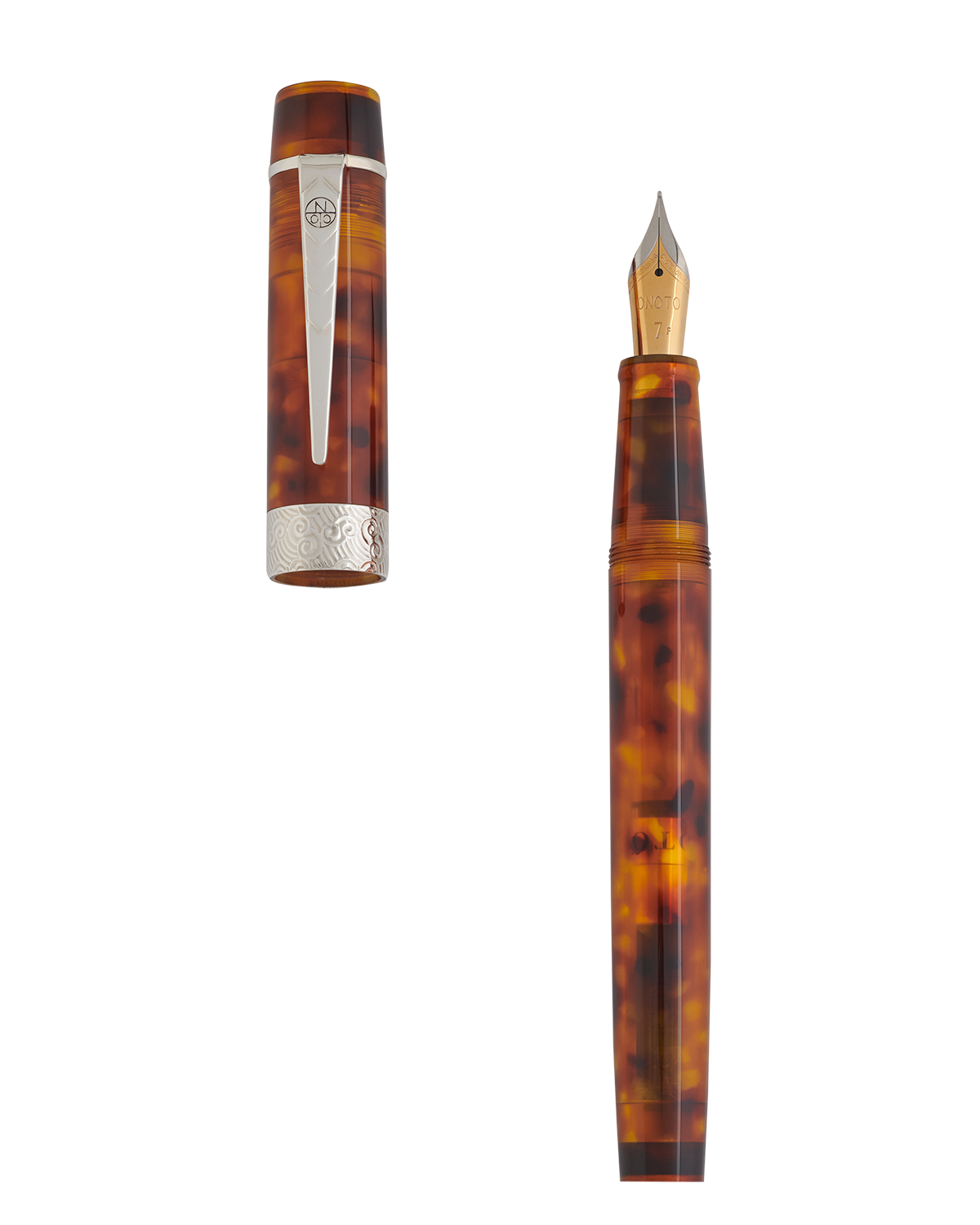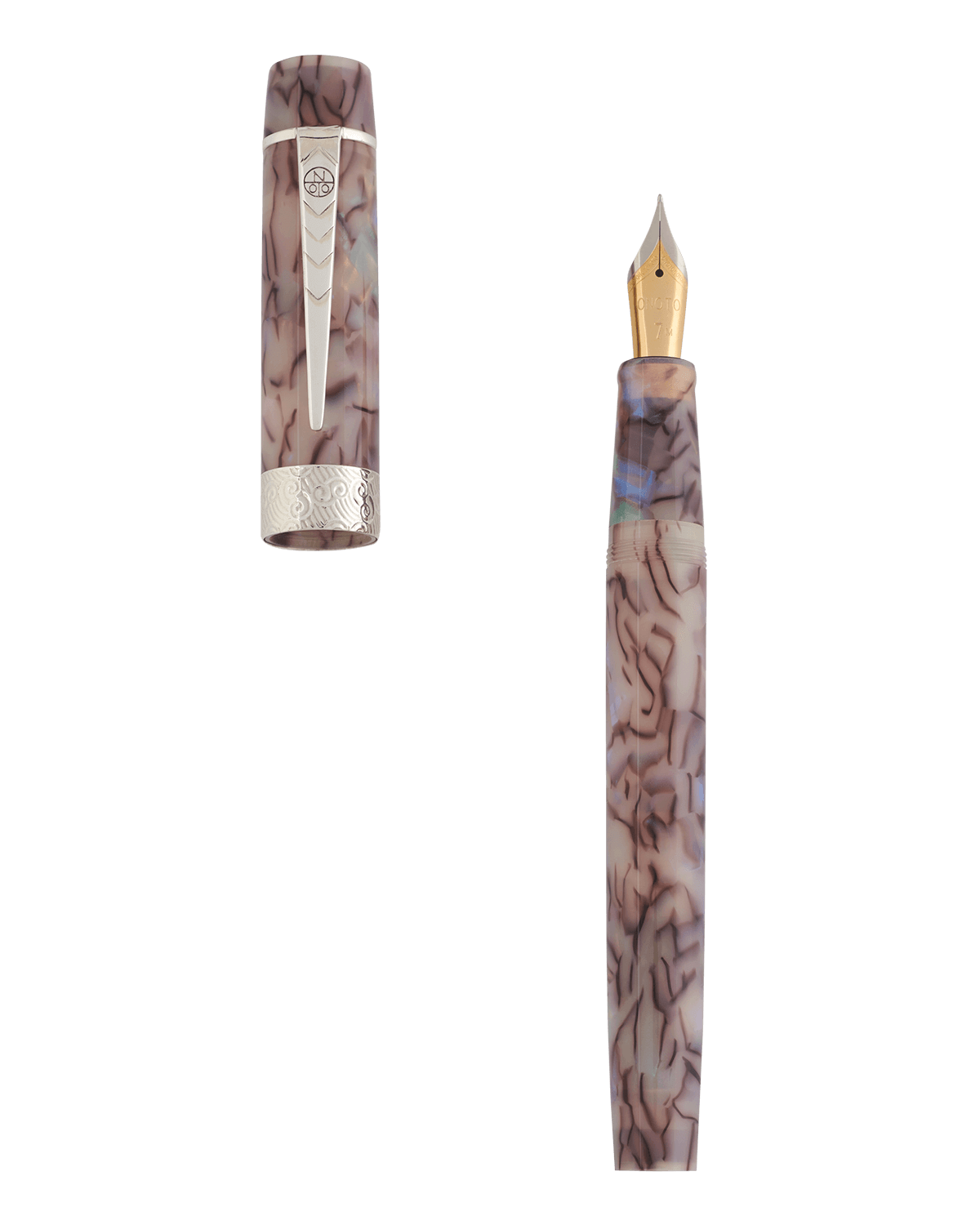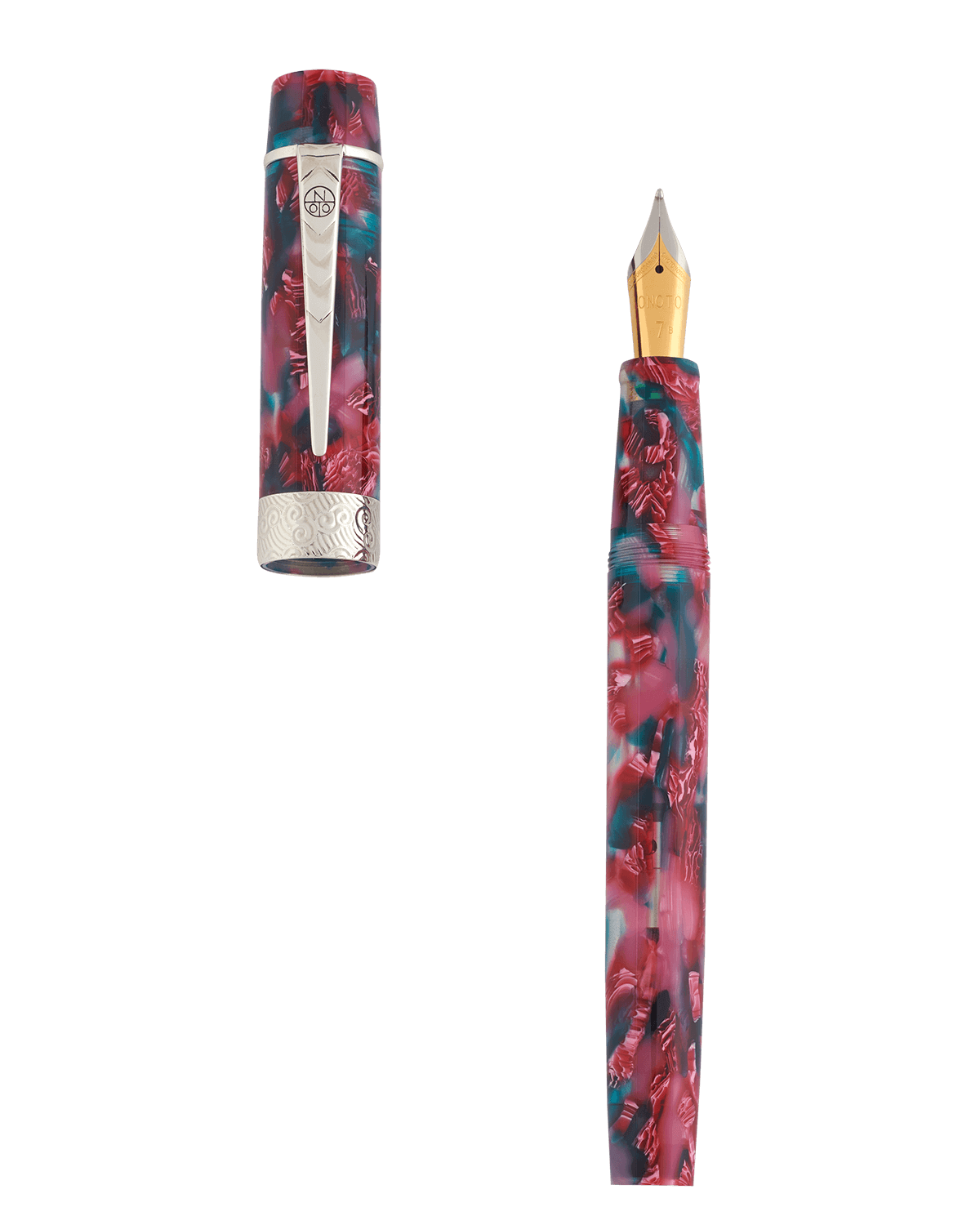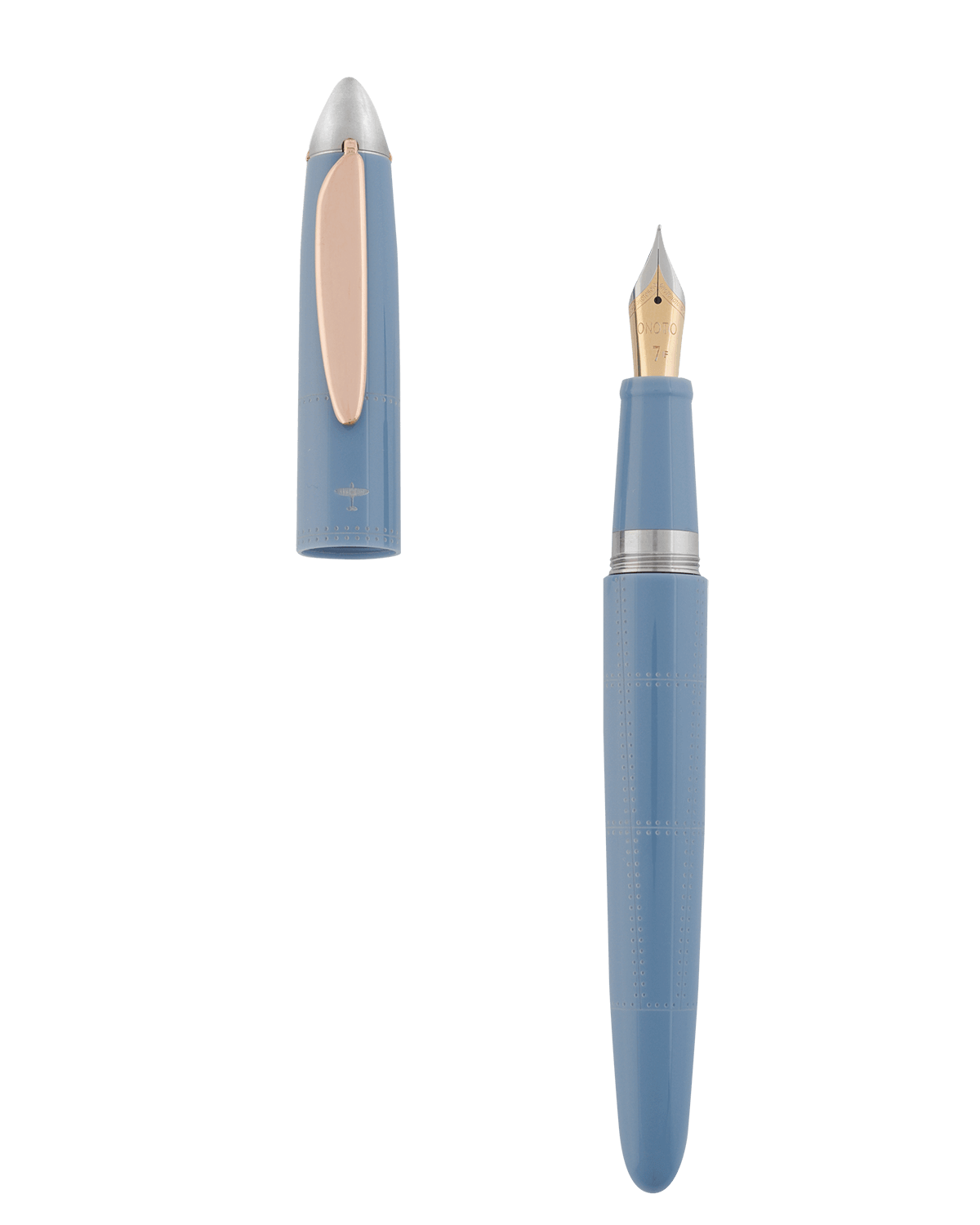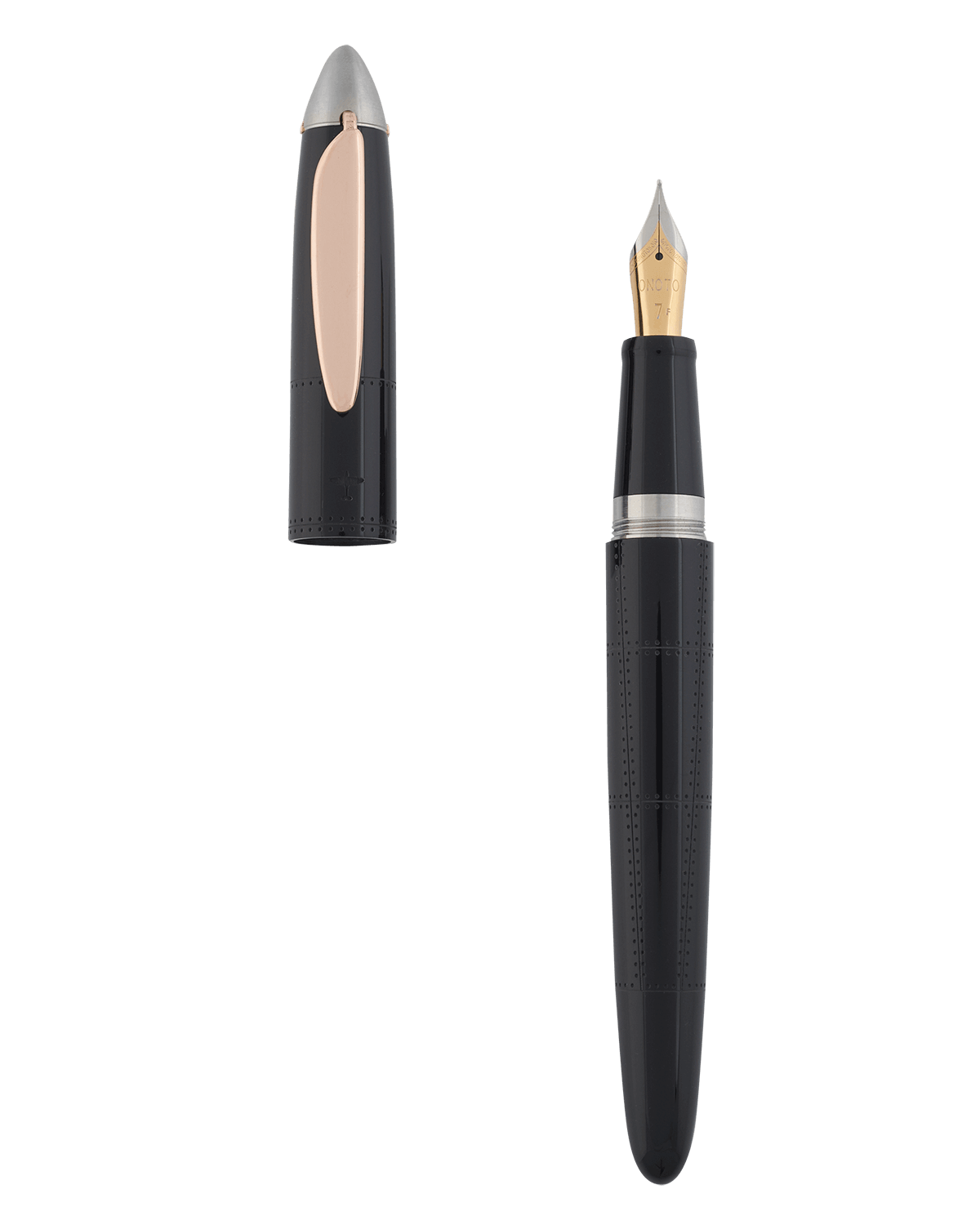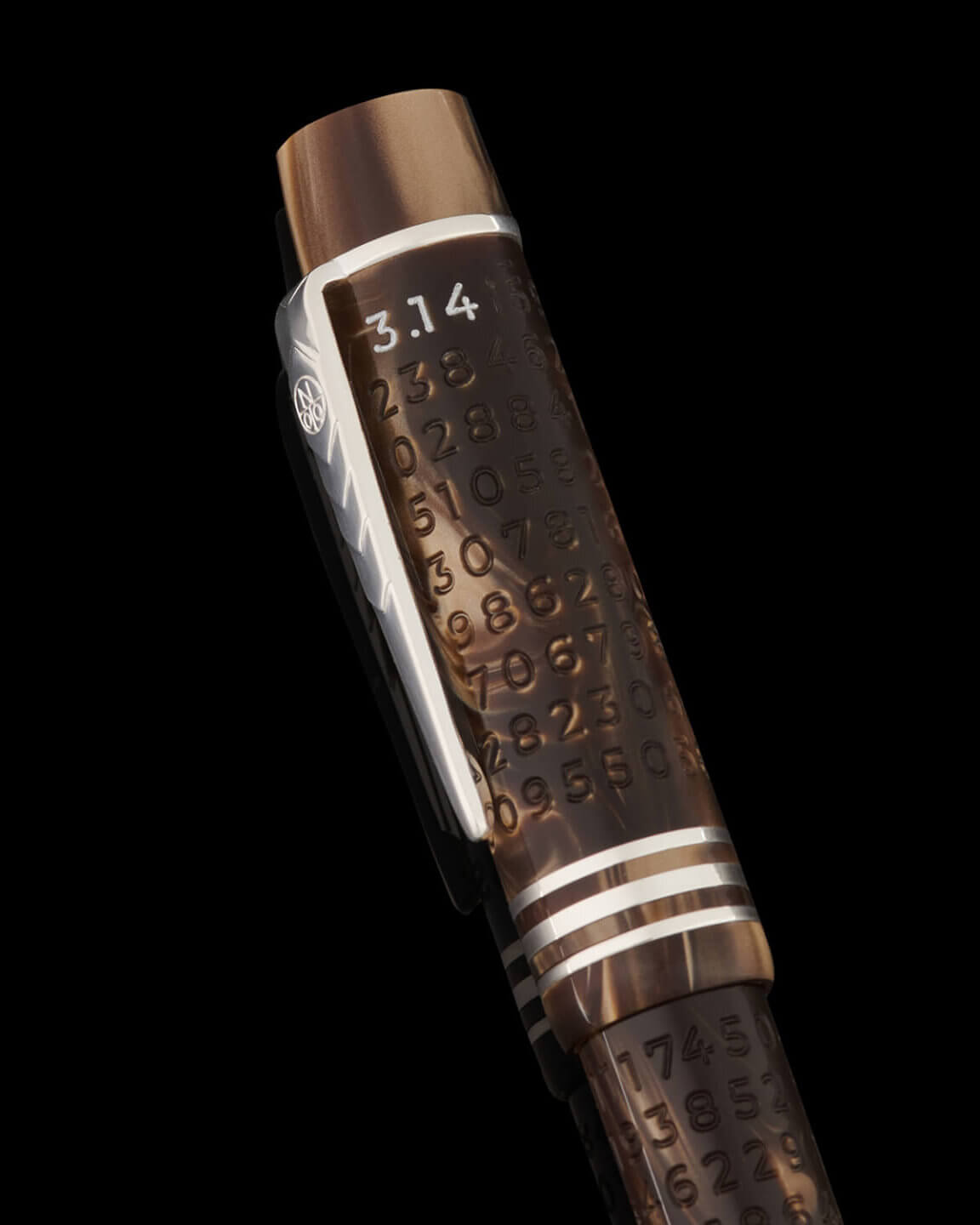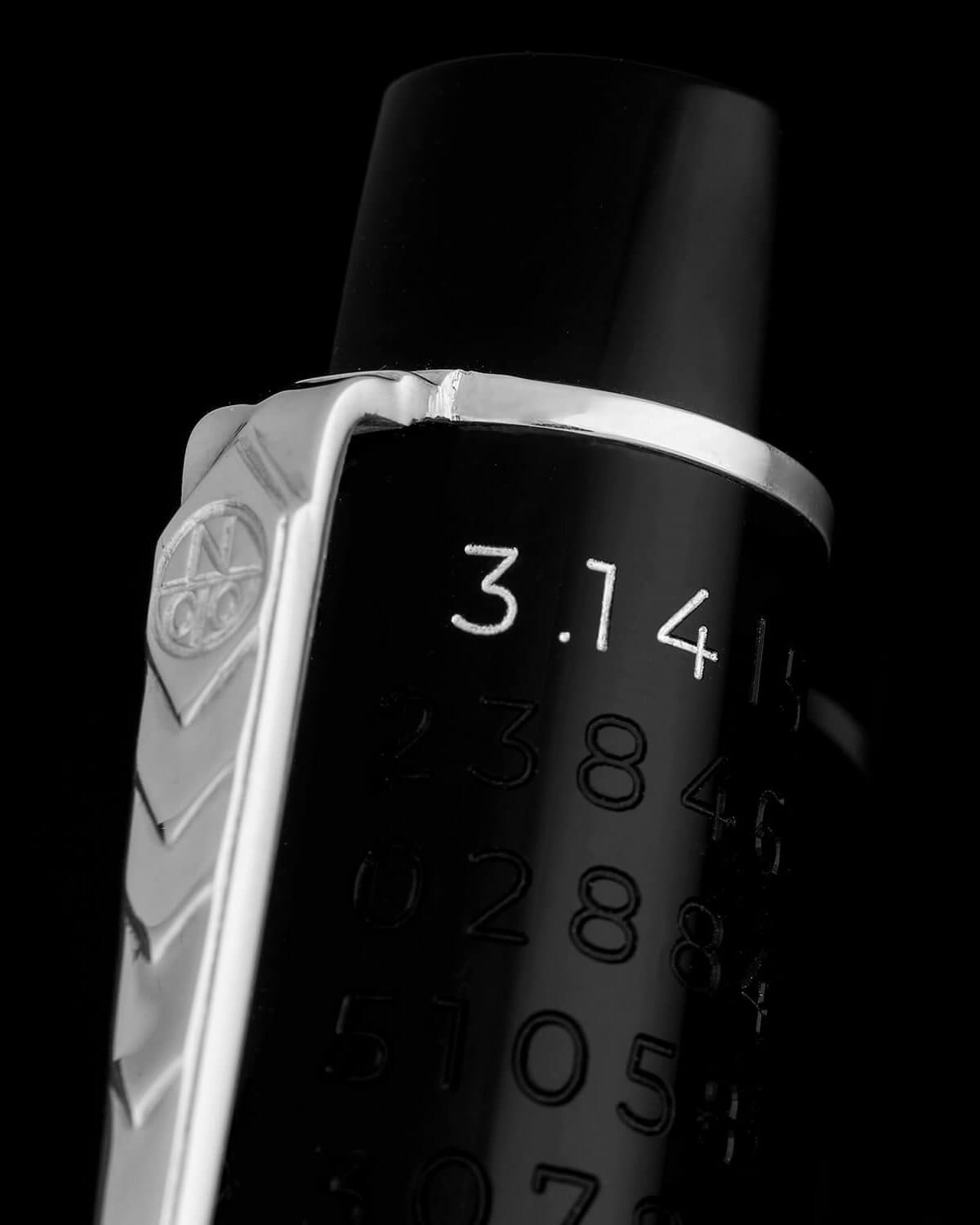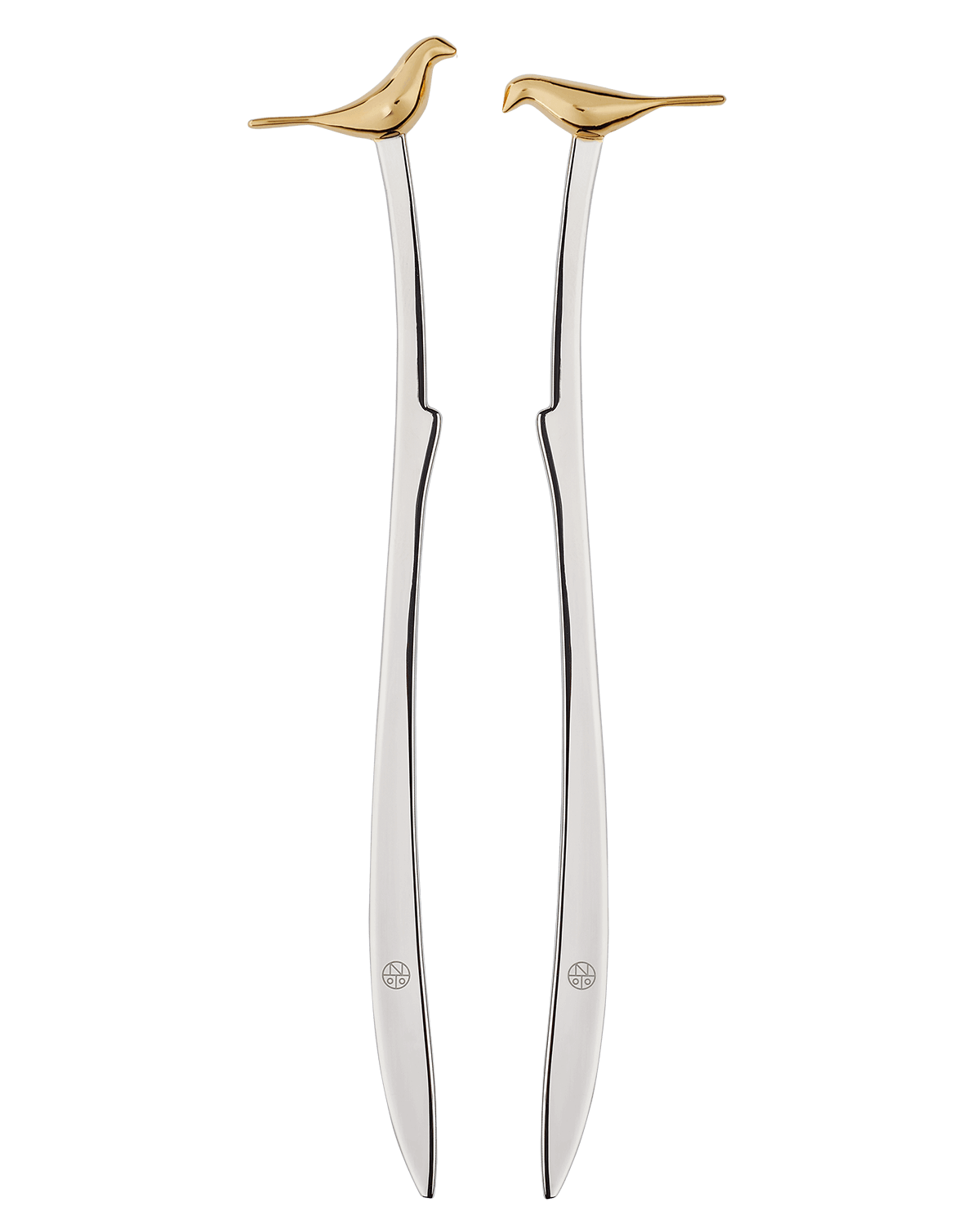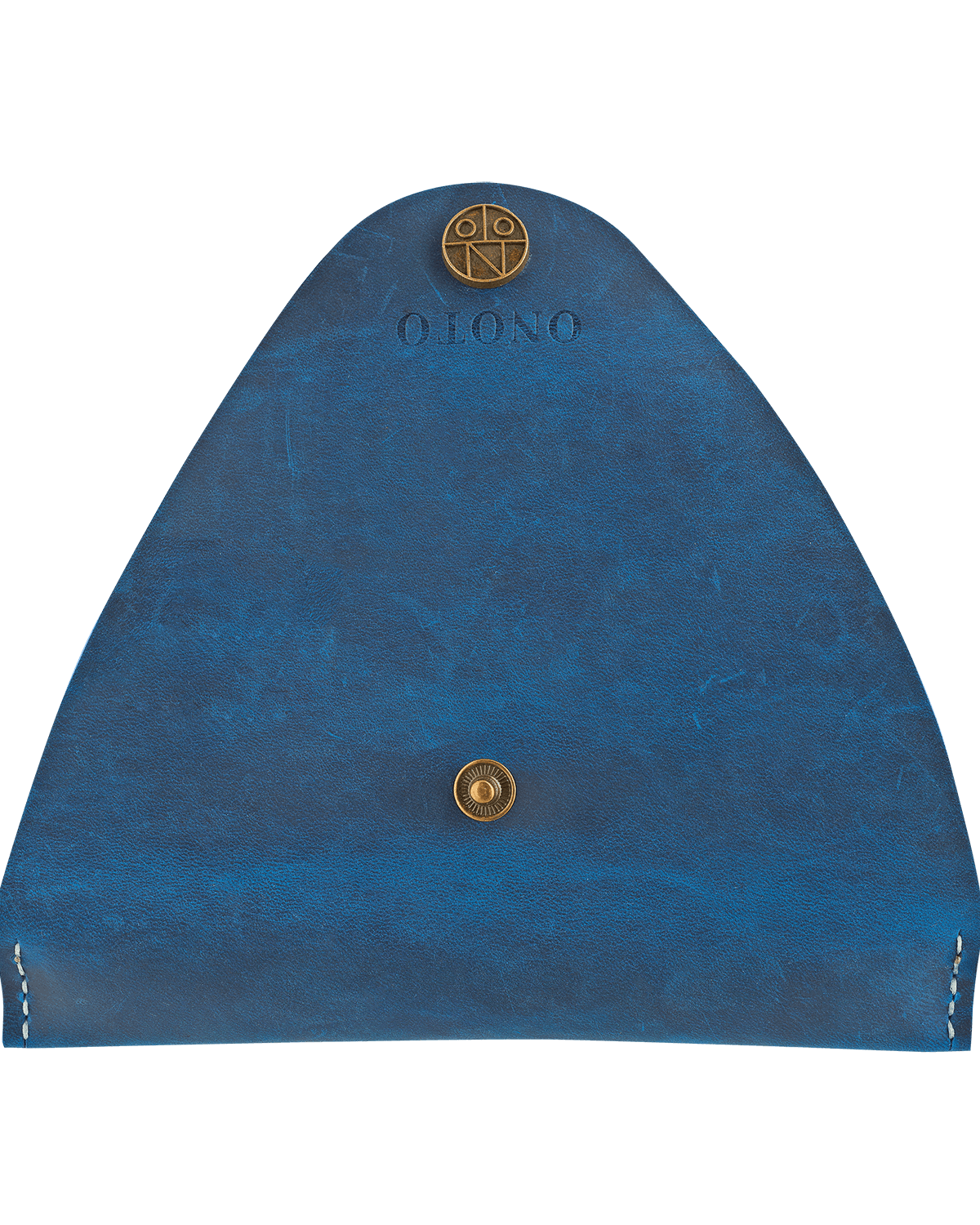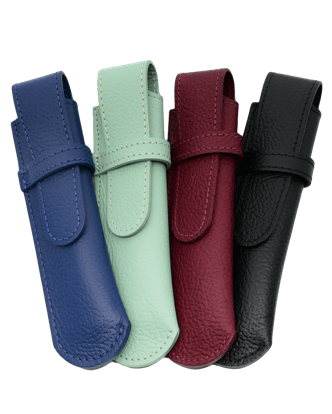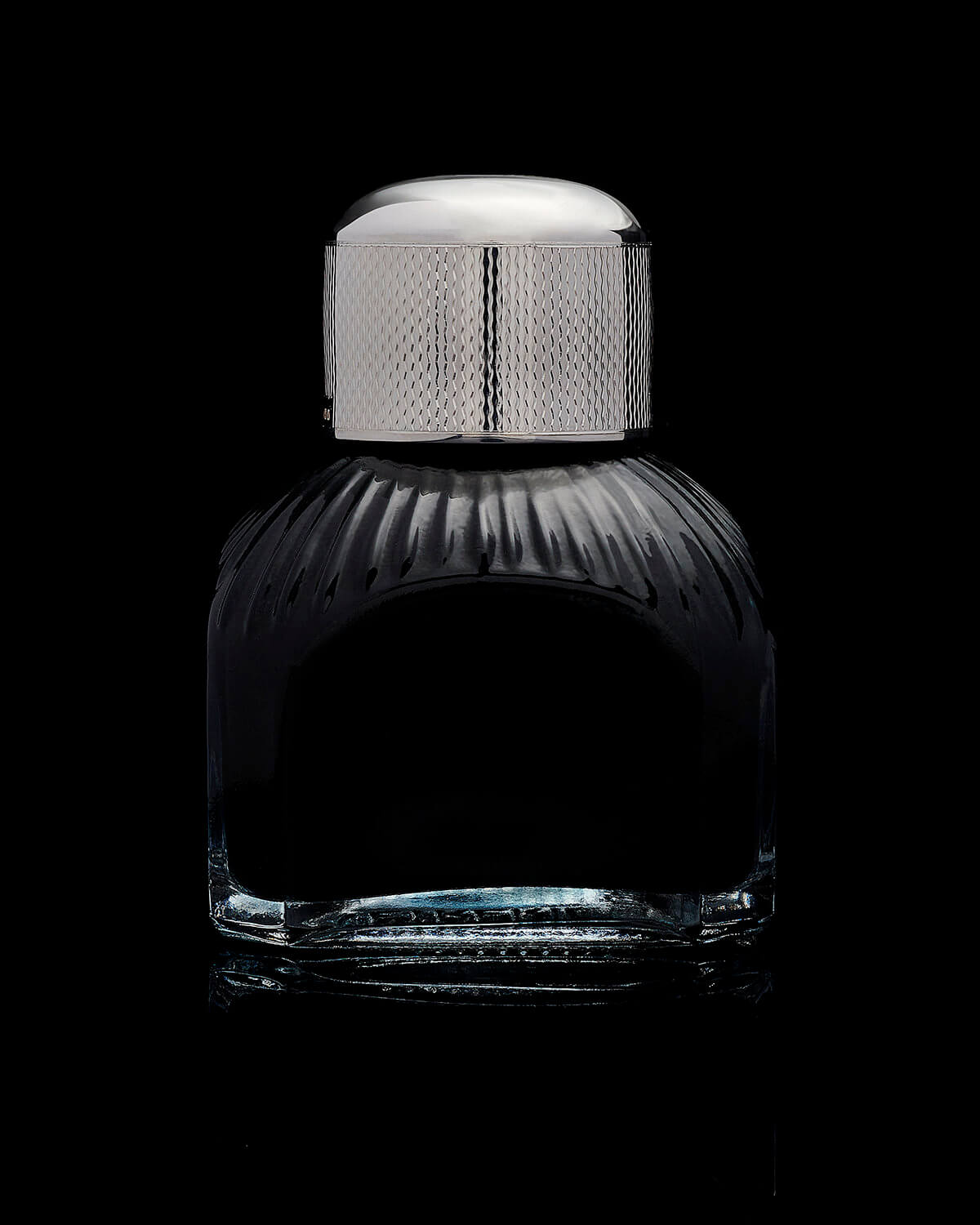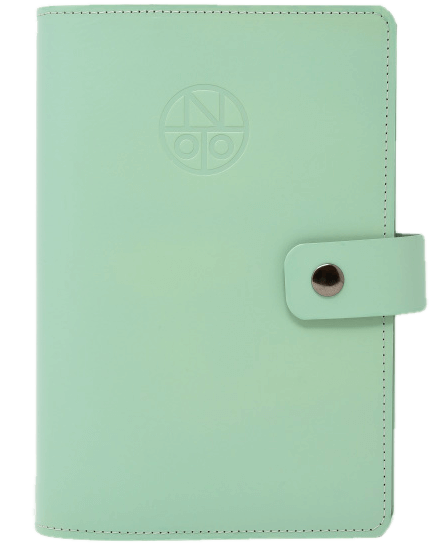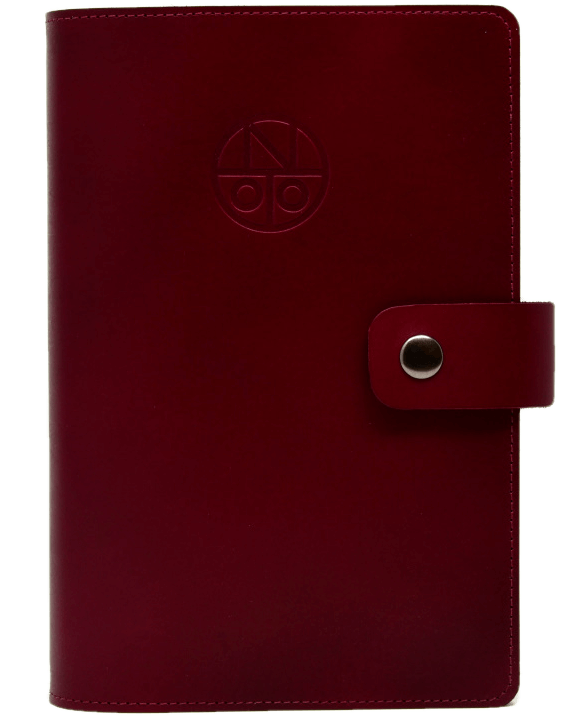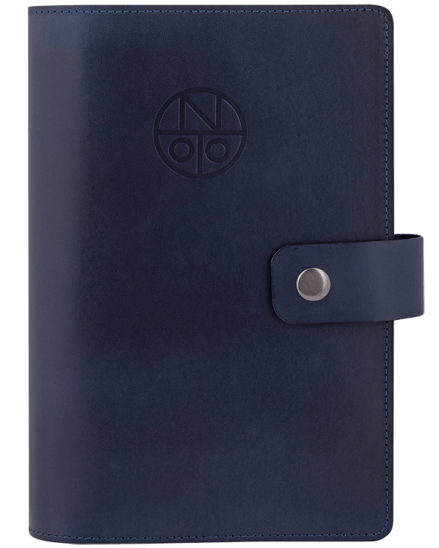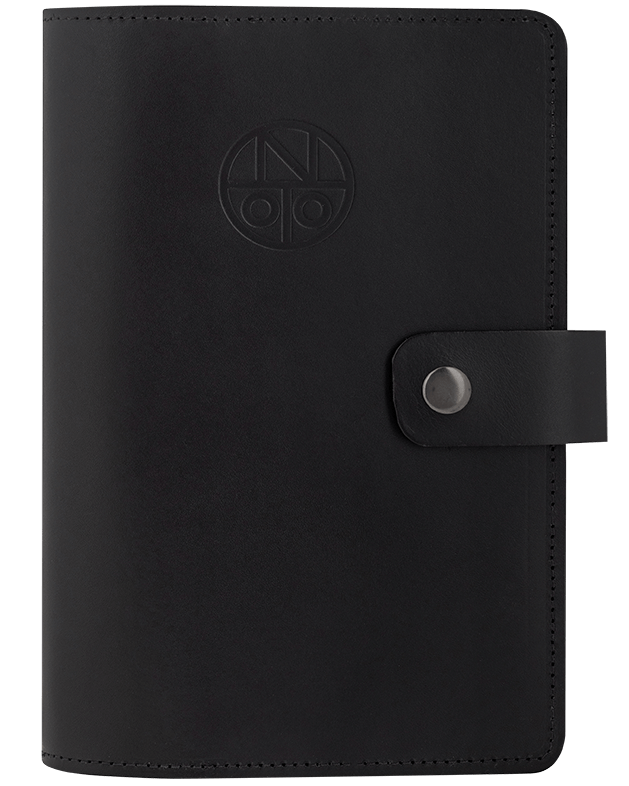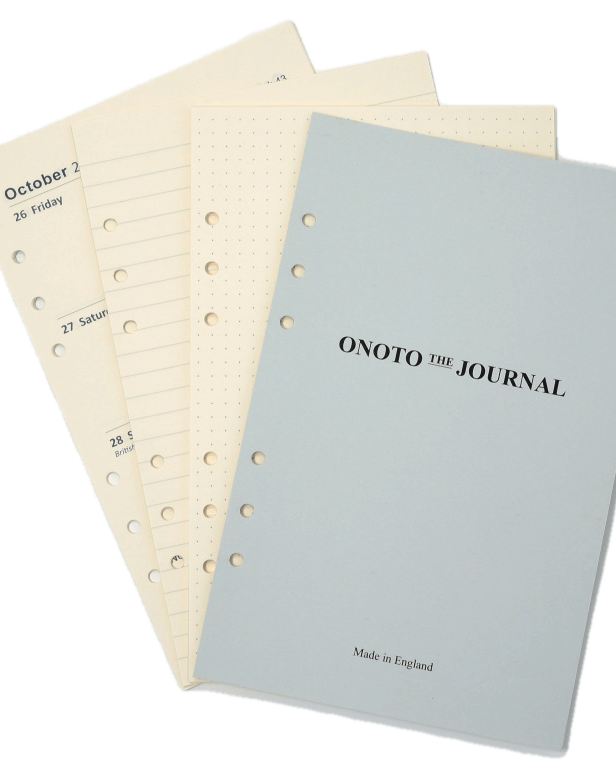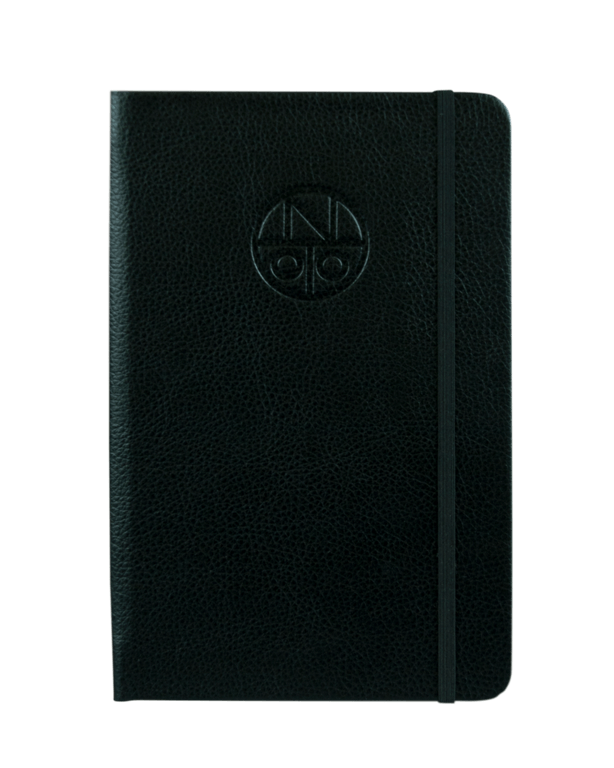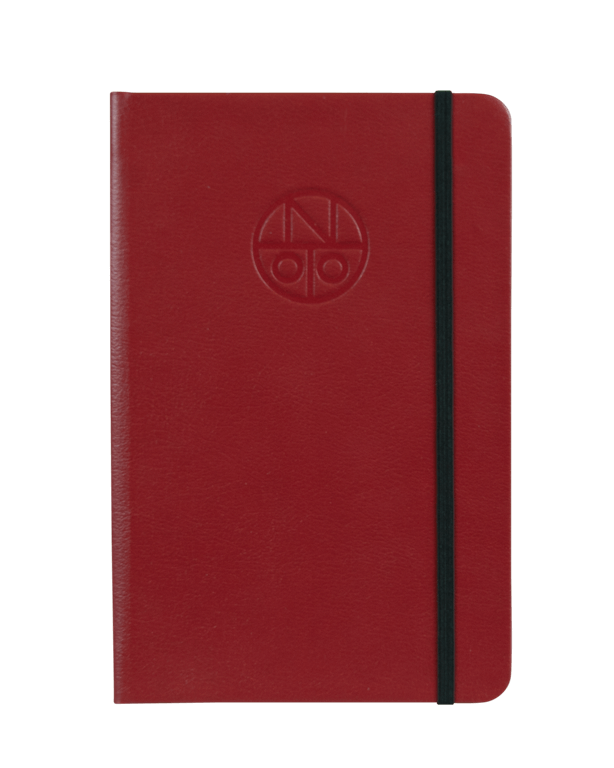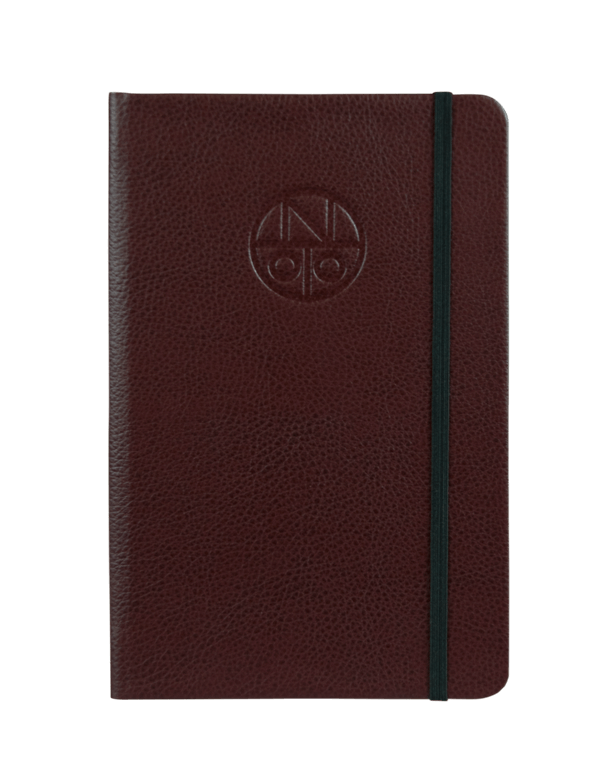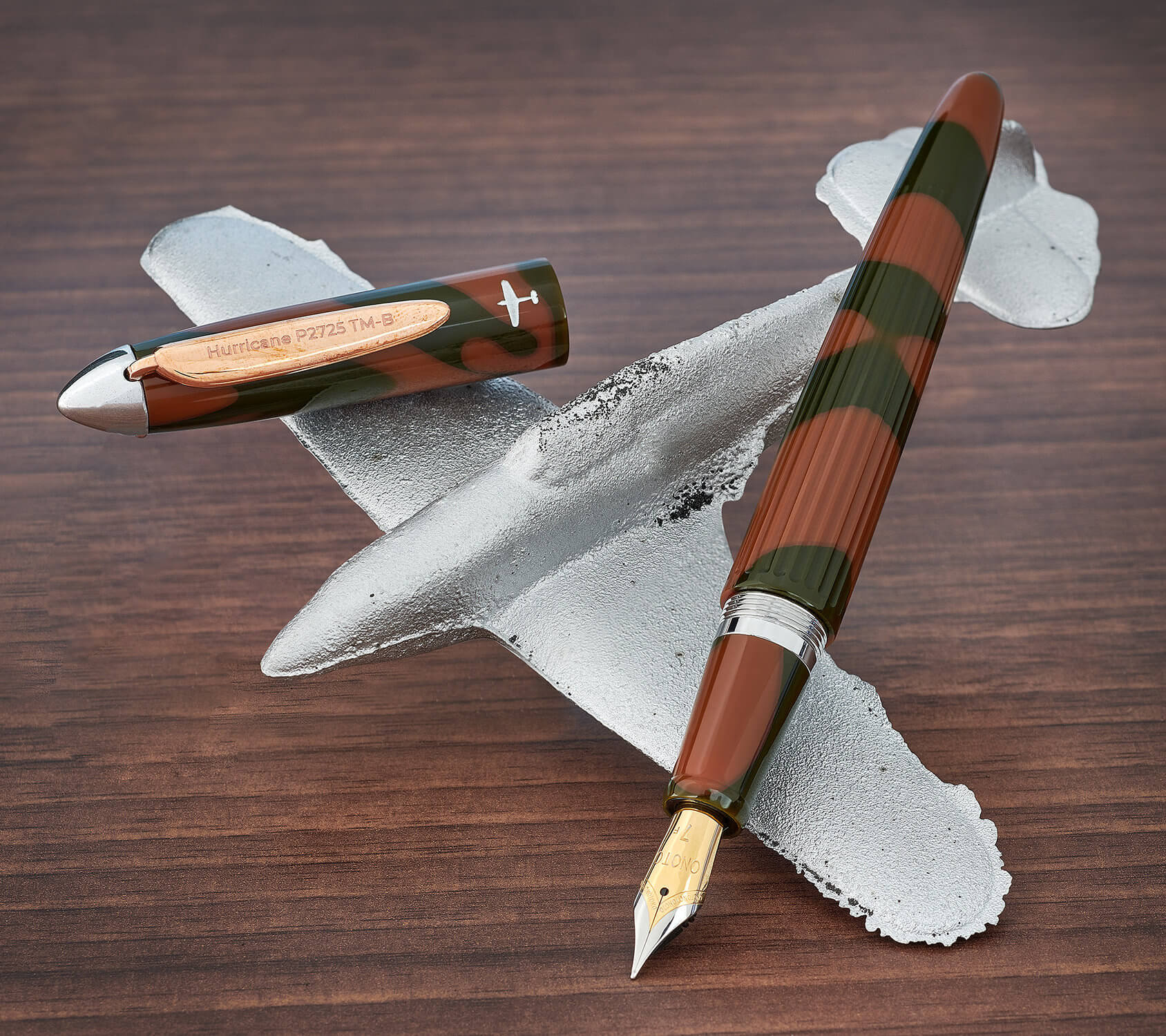Onoto and TMB Art Metal are delighted to present the Hurricane Pen, a collaborative piece paying tribute to a legendary WWII aircraft that helped to save Britain from Nazi invasion in 1940.
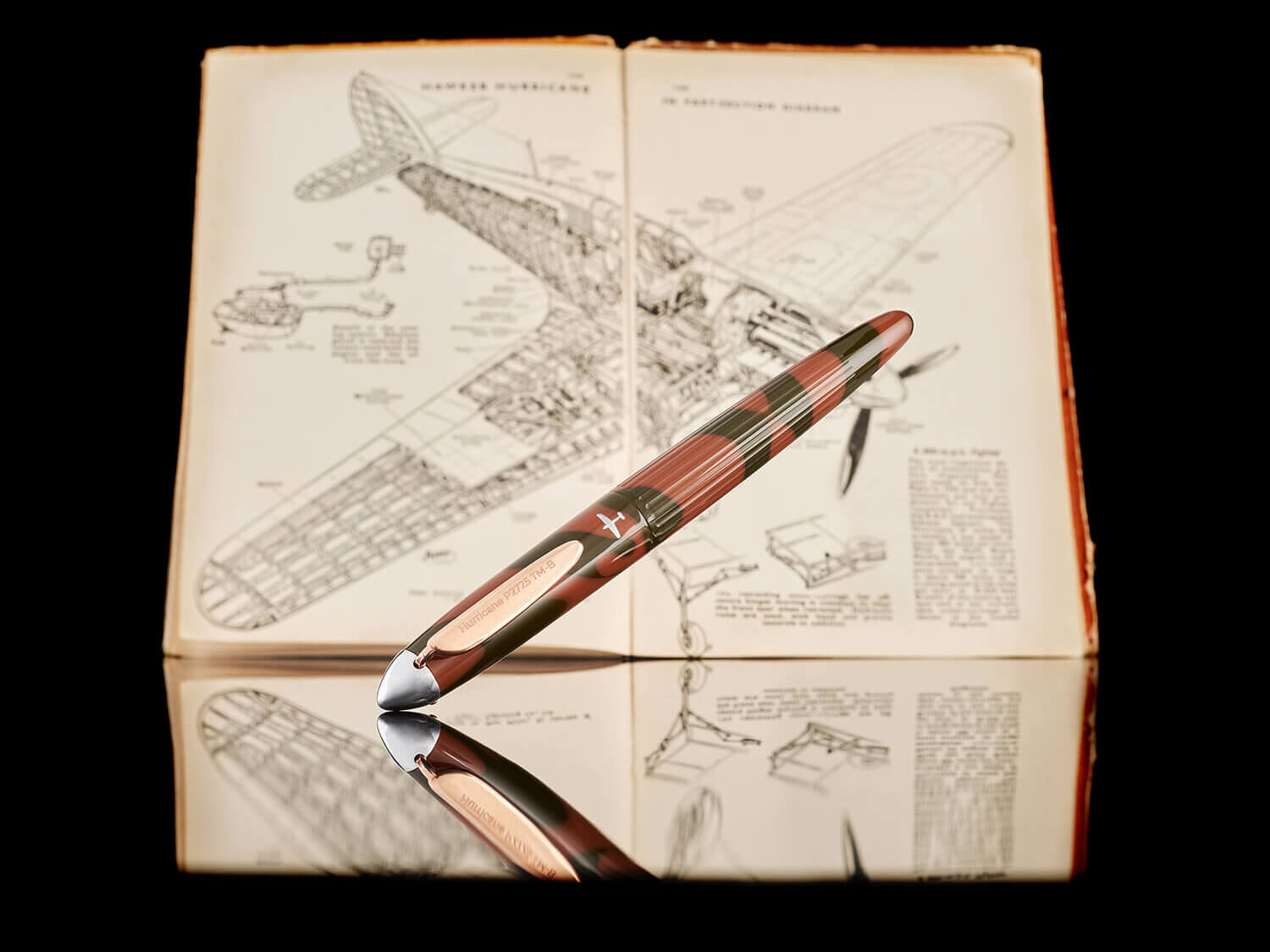
Now celebrated as Battle of Britain Day, 15th September 1940 was the turning point of the greatest aerial battle the world has ever seen – the Battle of Britain. It was on this day that the German Luftwaffe launched a massive aerial assault tasked with bombing central London.
Whilst the more famous Spitfire is generally seen as the fighter that won the Battle of Britain, this is far from the truth. The more advanced Spitfire was faster and a better dogfighter, tasked with taking on the German escort fighters, leaving the Hurricanes to combat the slower and less manoeuvrable bombers.
During the Battle of Britain from July to October 1940, however, the Hurricane vastly outnumbered the Spitfire in operational service, and without its contribution the Battle of Britain would not have been won.

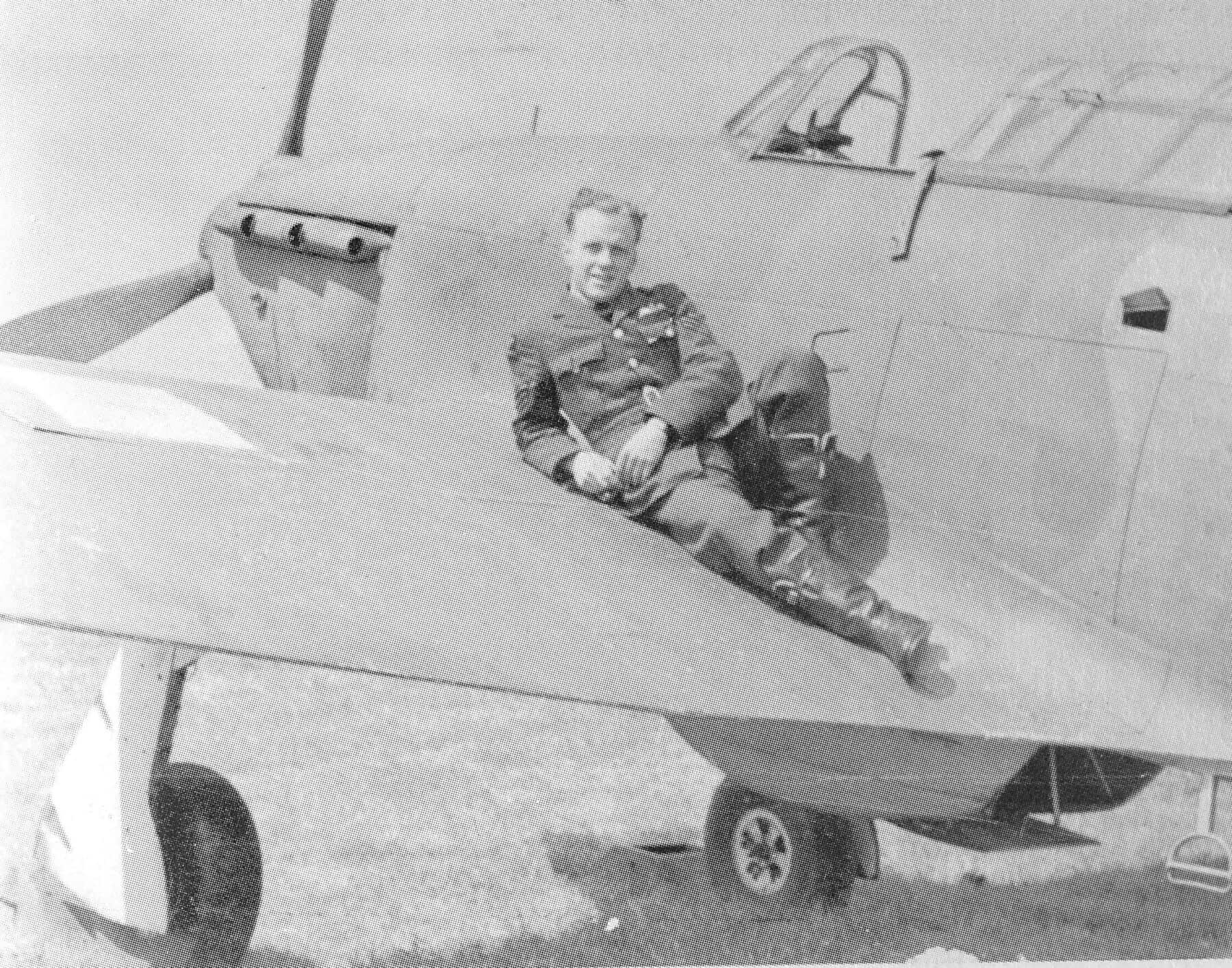
Onoto – TMB’s collaborative Hurricane Pen is constructed involving actual metal from the most famous of all the Battle of Britain Hawker Hurricane fighters – P2725 TM-B.
This particular aircraft, piloted by Sergeant Ray T. Holmes, made history when it rammed a German Dornier bomber over London on Battle of Britain Day, 15th September 1940.
Holmes, together with fellow Royal Air Force 504 Squadron pilots, had taken off from Hendon airfield in west London to intercept a massed midday raid by the Luftwaffe heading towards central London.
Towards the culmination of the combat, and with his ammunition expended assisting in the destruction of two bombers, Holmes spied another solitary Dornier heading resolutely in the direction of Buckingham Palace. In a flash he decided there was only one option left.
Holmes aimed P2725 TM-B with precision, the Hurricane’s wing slicing through the Dornier at its most vulnerable point – the rear fuselage, severing the bomber’s tail. But in so doing, Holmes had mortally damaged his own aircraft, which entered into a terminal dive.
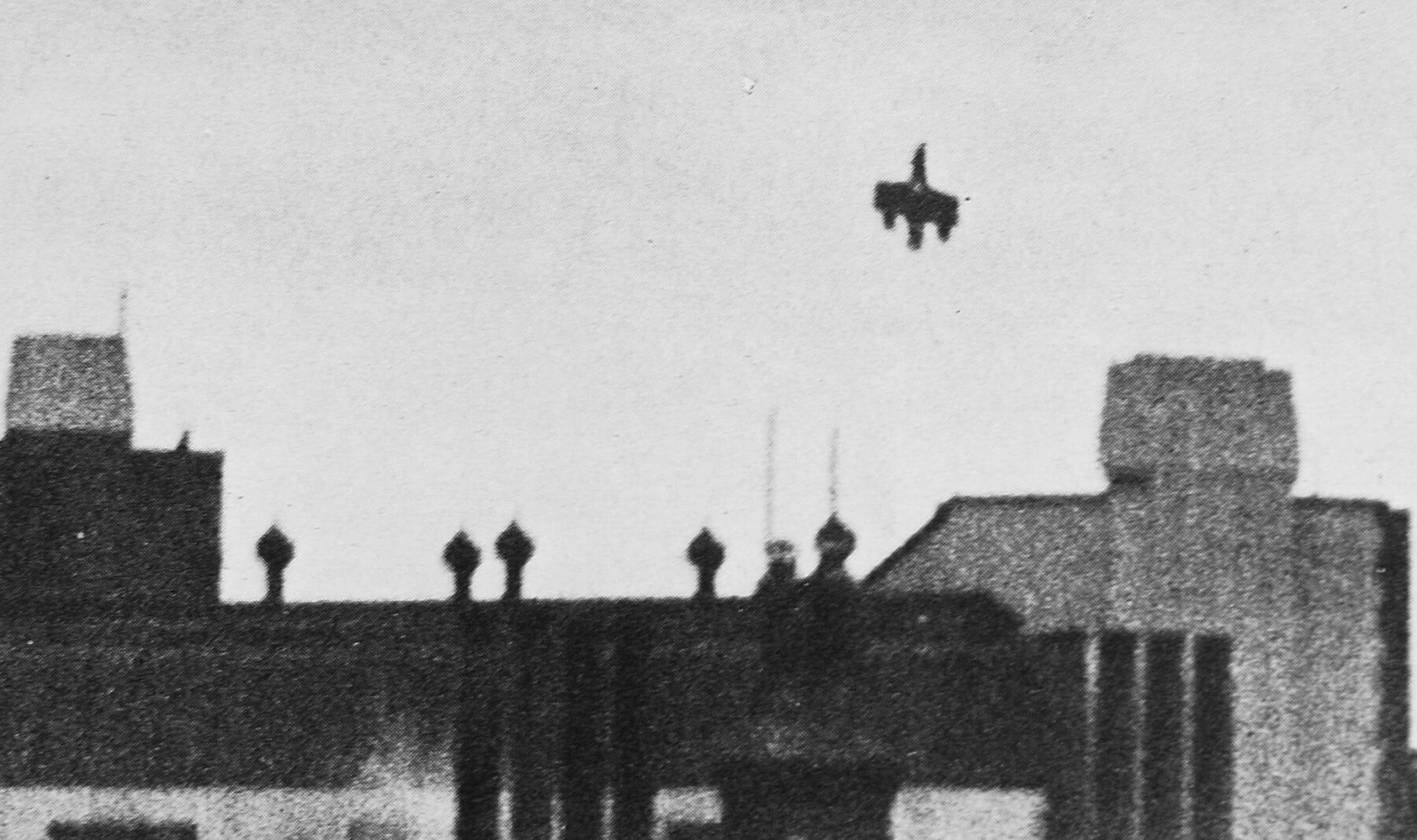

Abandoning faithful old “TM-B” Ray Holmes took to his parachute moments before the Hurricane came to ground at 400mph with an almighty bang, burying itself in the middle of the crossroads where Buckingham Palace Road meets Pimlico Road and Ebury Bridge, London SW1 – just a half mile from Buckingham Palace.
The Dornier, meanwhile, had crashed with spectacular effect upon the forecourt of Victoria railway station, missing the Southern Railway terminus building by feet. Ultimately these were to be the only two aircraft to crash upon the City of London throughout the entire World War 2 period.
Years later controversy reigned about how much, if any, wreckage from this historically important Hurricane aircraft might remain beneath the ground and, indeed, exactly where TM-B had crashed.
After extensive research, Chris Bennett, TMB Art Metal’s founder, pinpointed the remains of the Hurricane and a successful televised excavation was carried out in 2004, during which significant items of wreckage, including TM-B’s shattered Rolls Royce Merlin engine, were recovered.
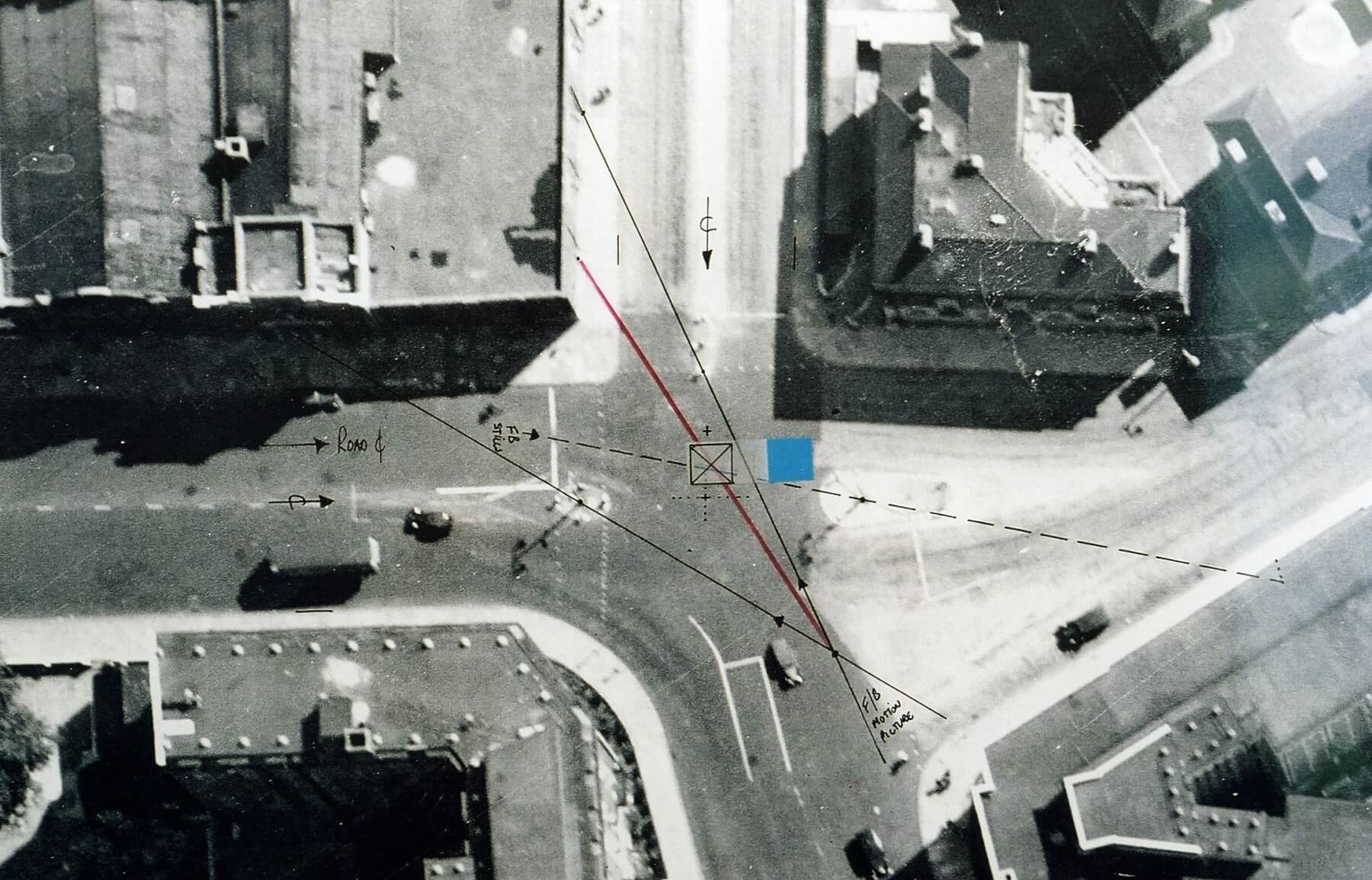
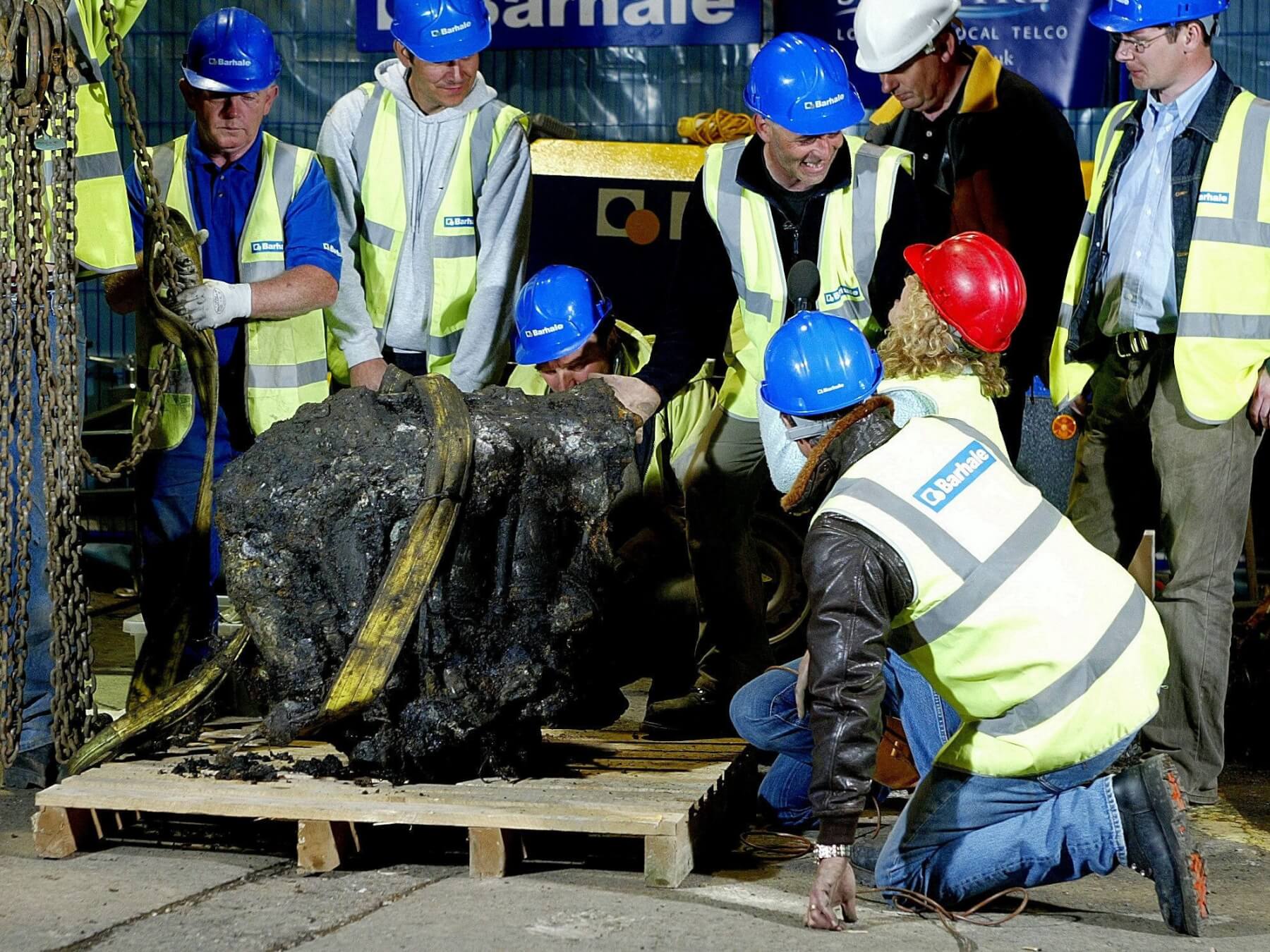
Using these Chris Bennett later decided to pay tribute to this historic aircraft by transforming the otherwise useless metal into beautiful sculptures depicting the aircraft’s ‘essence of form’.
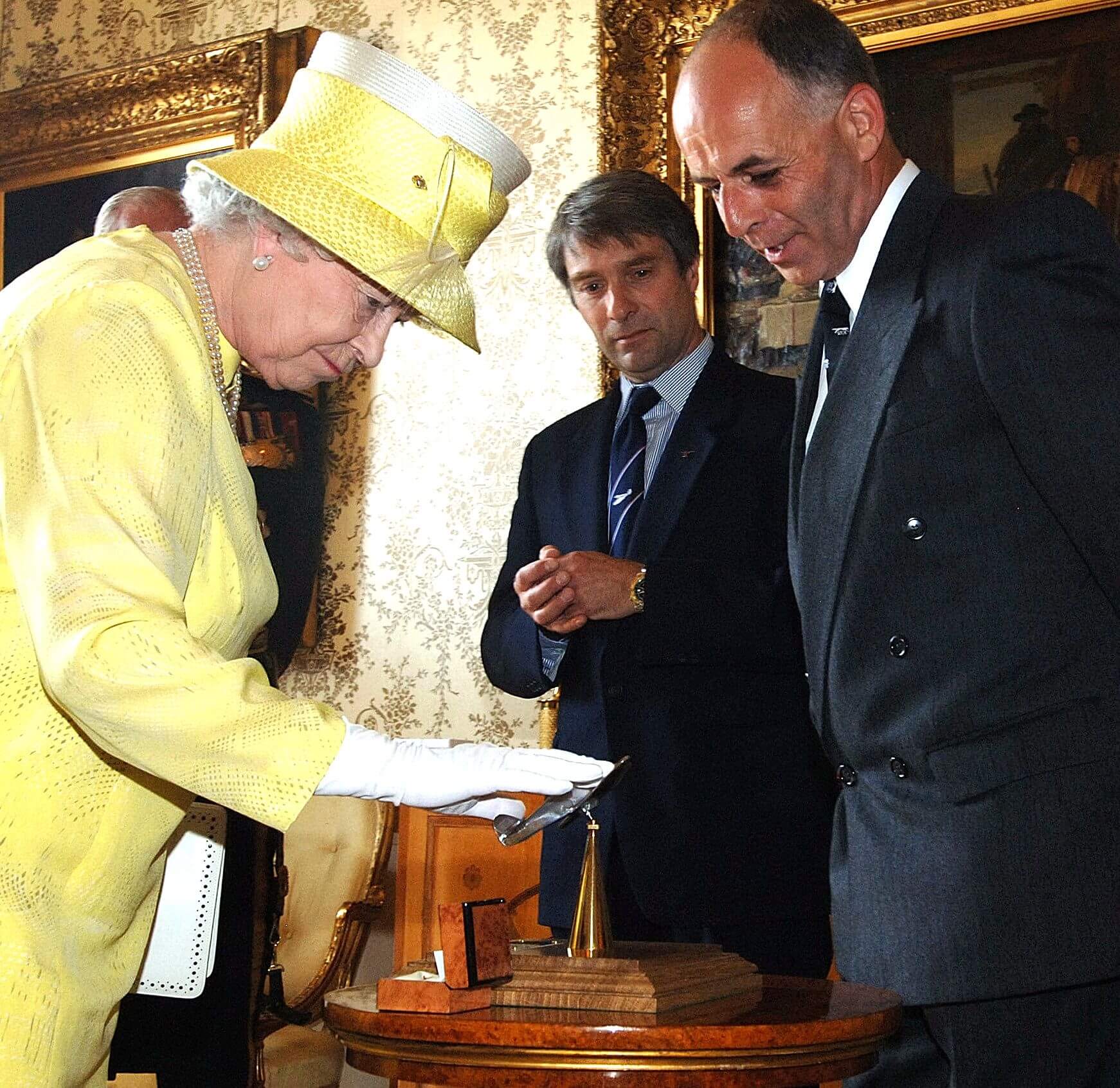
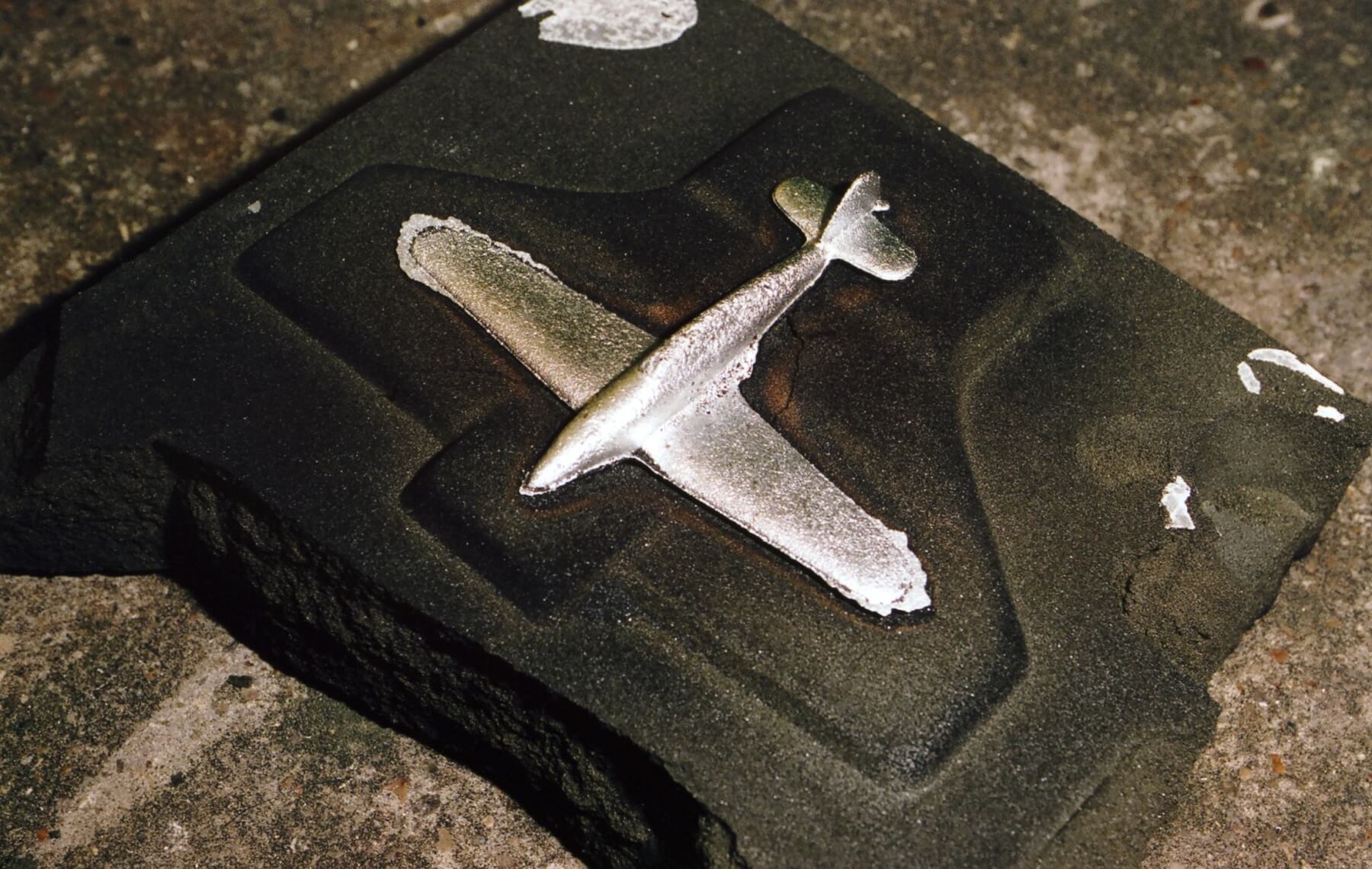
Being of recycled 1940 metal not all of the Hurricane castings were of suitable quality, many with marks caused by errors in casting rendering them unusable. But nothing was wasted of this precious material and now some of the castings have been recycled once again for the Hurricane Pen project.
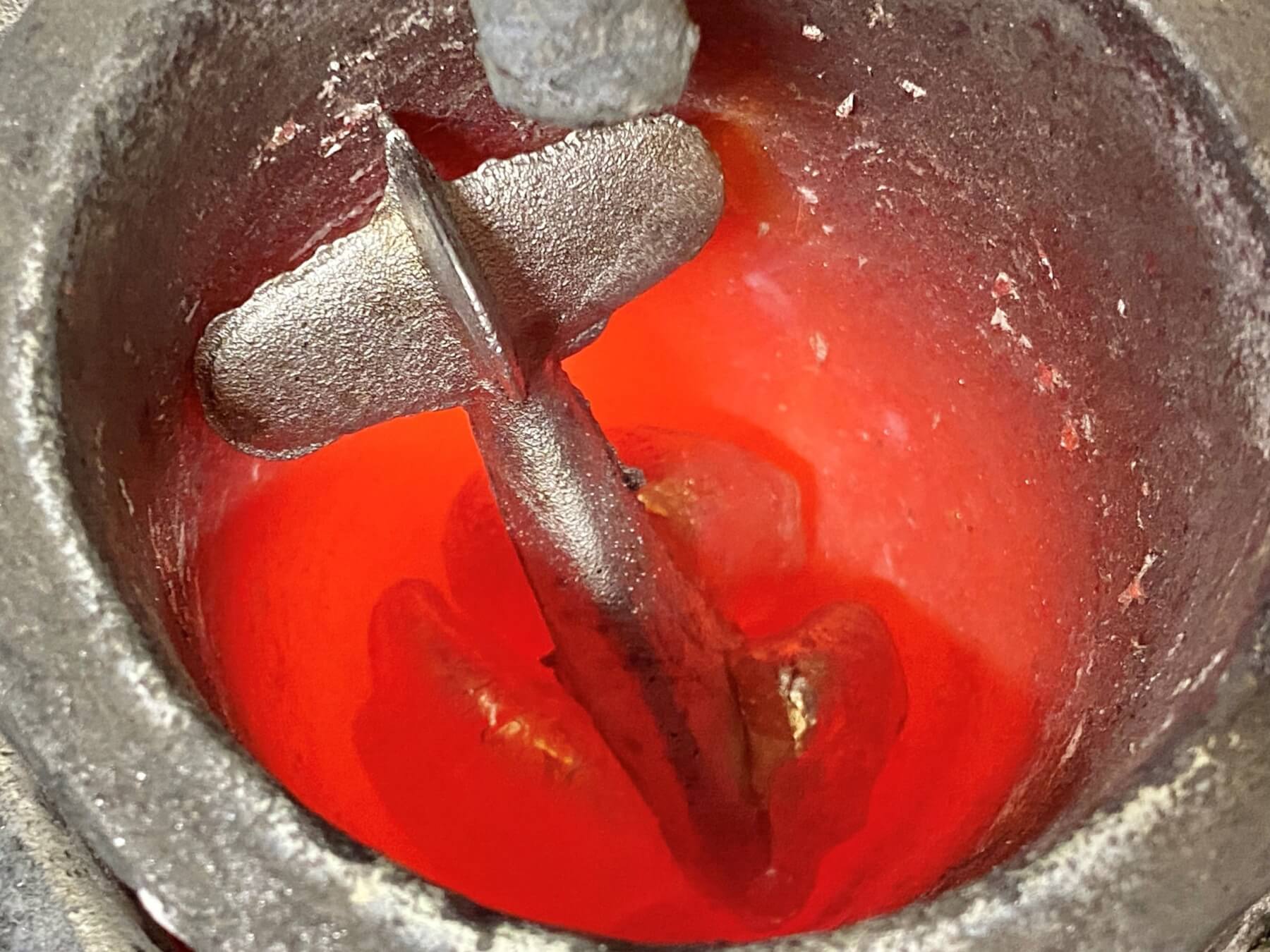
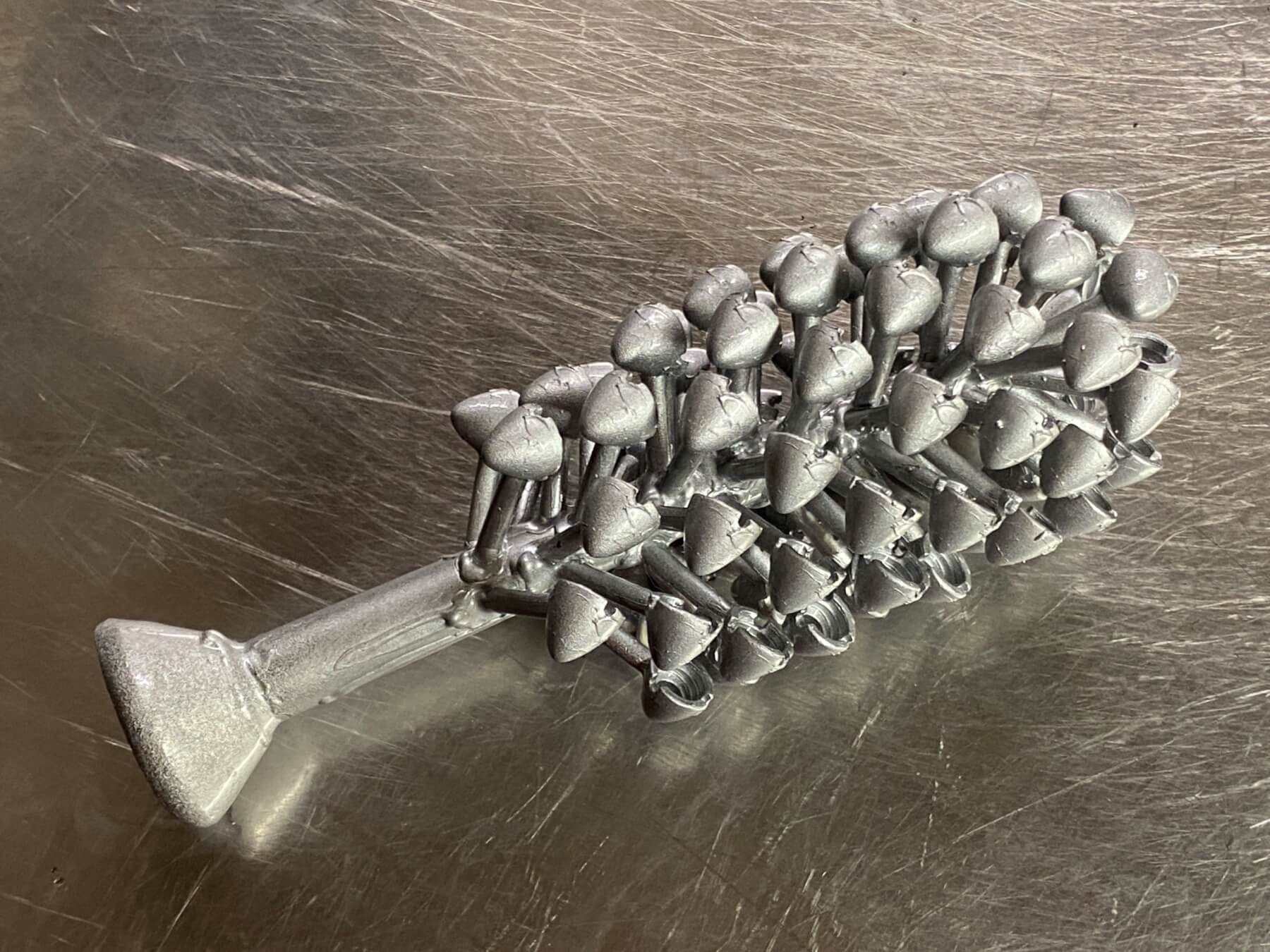
The Hurricane Pen
A limited edition of 250 pens, with the pen’s propeller spinner crafted of aluminium from Hawker Hurricane P2725 TM-B.
